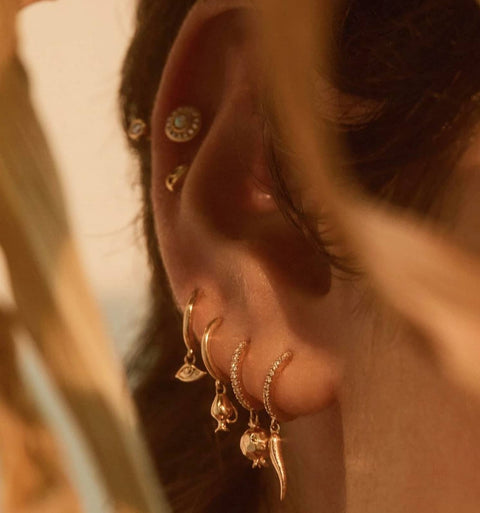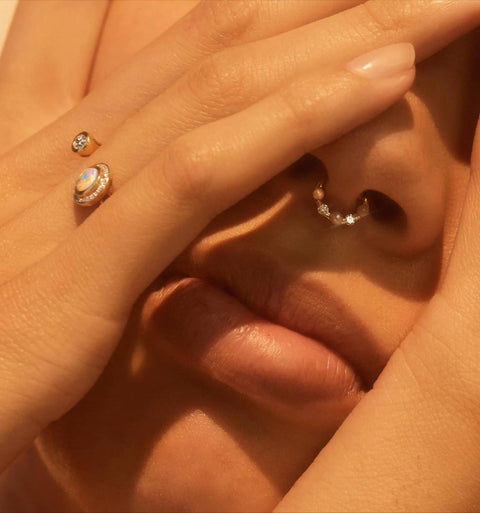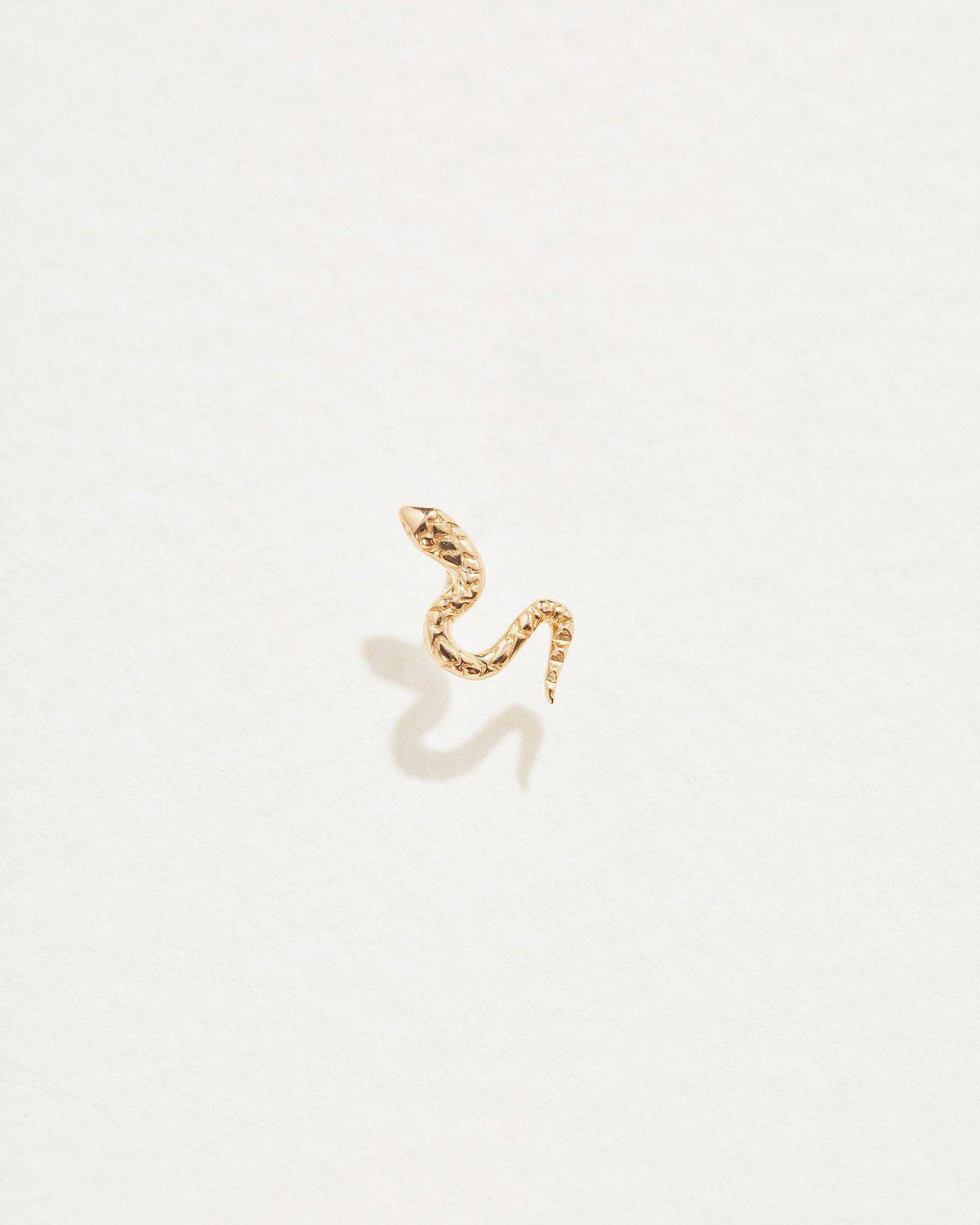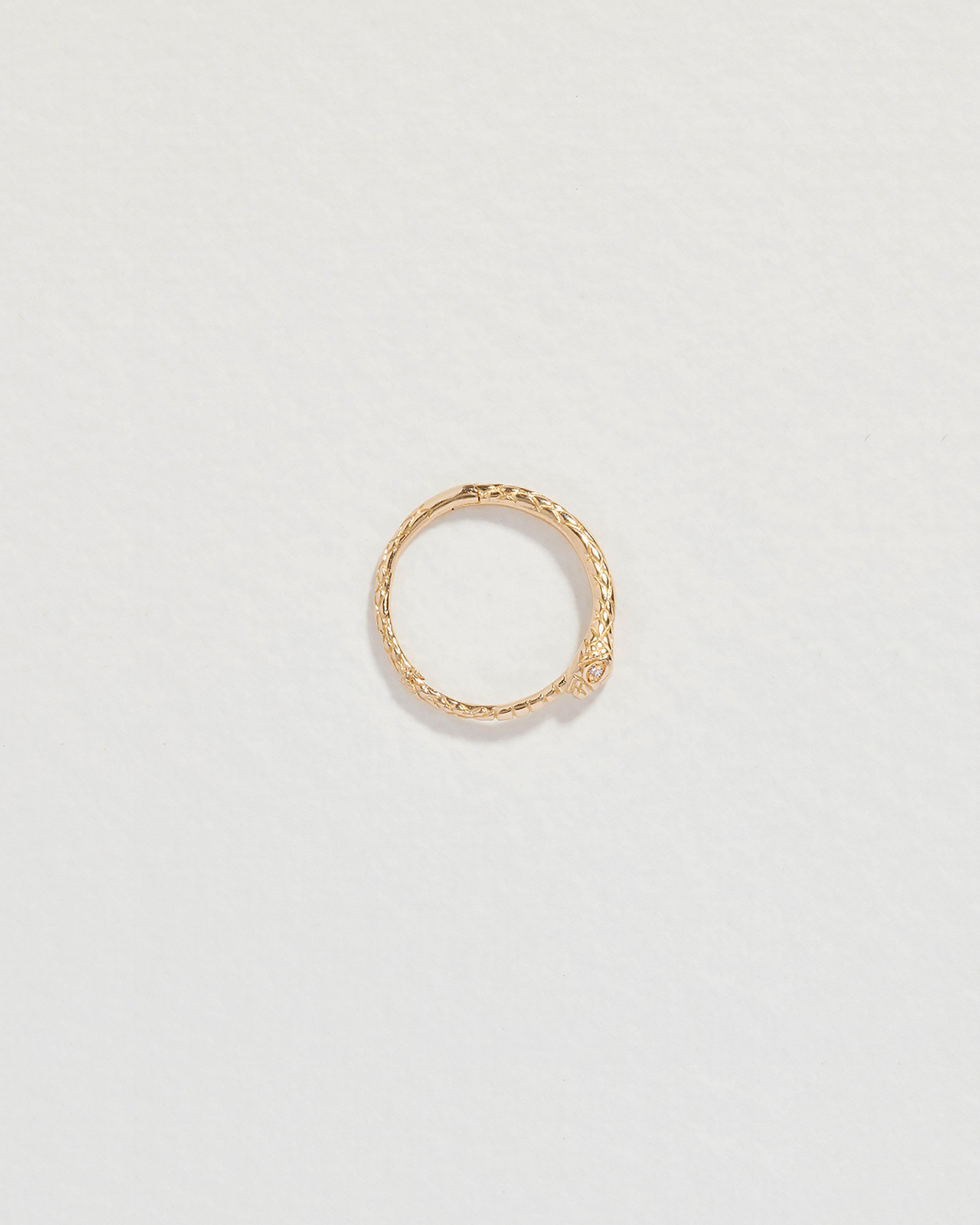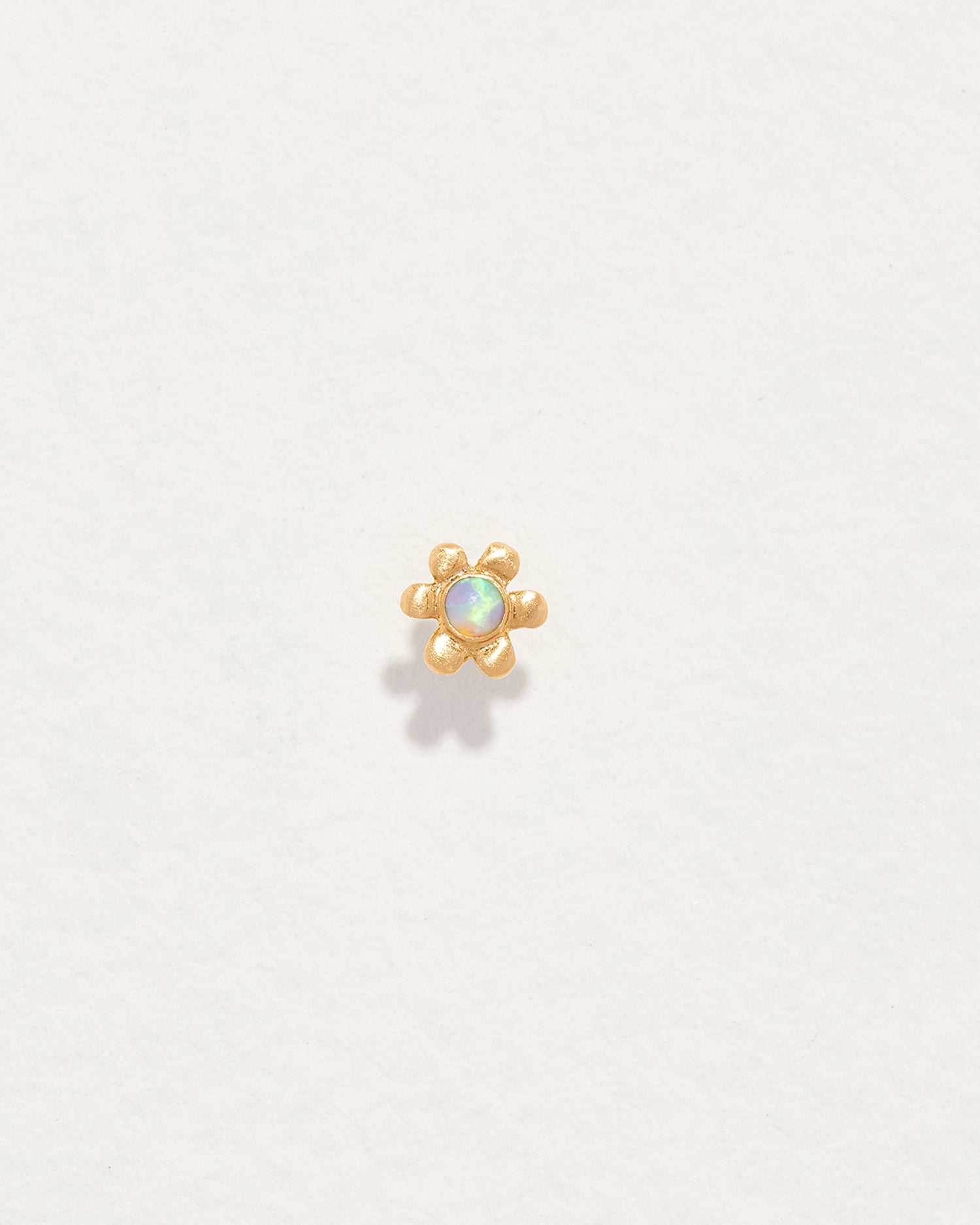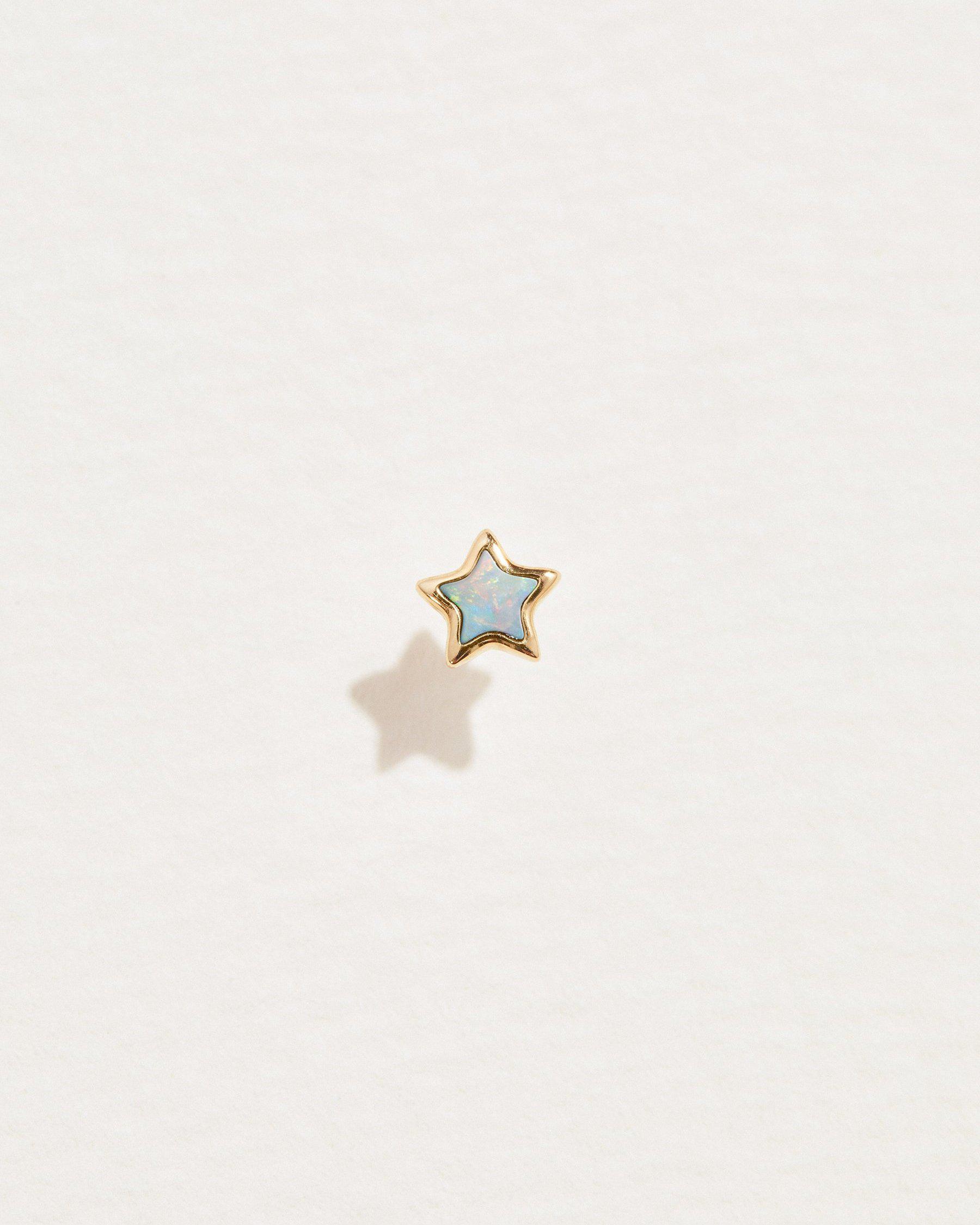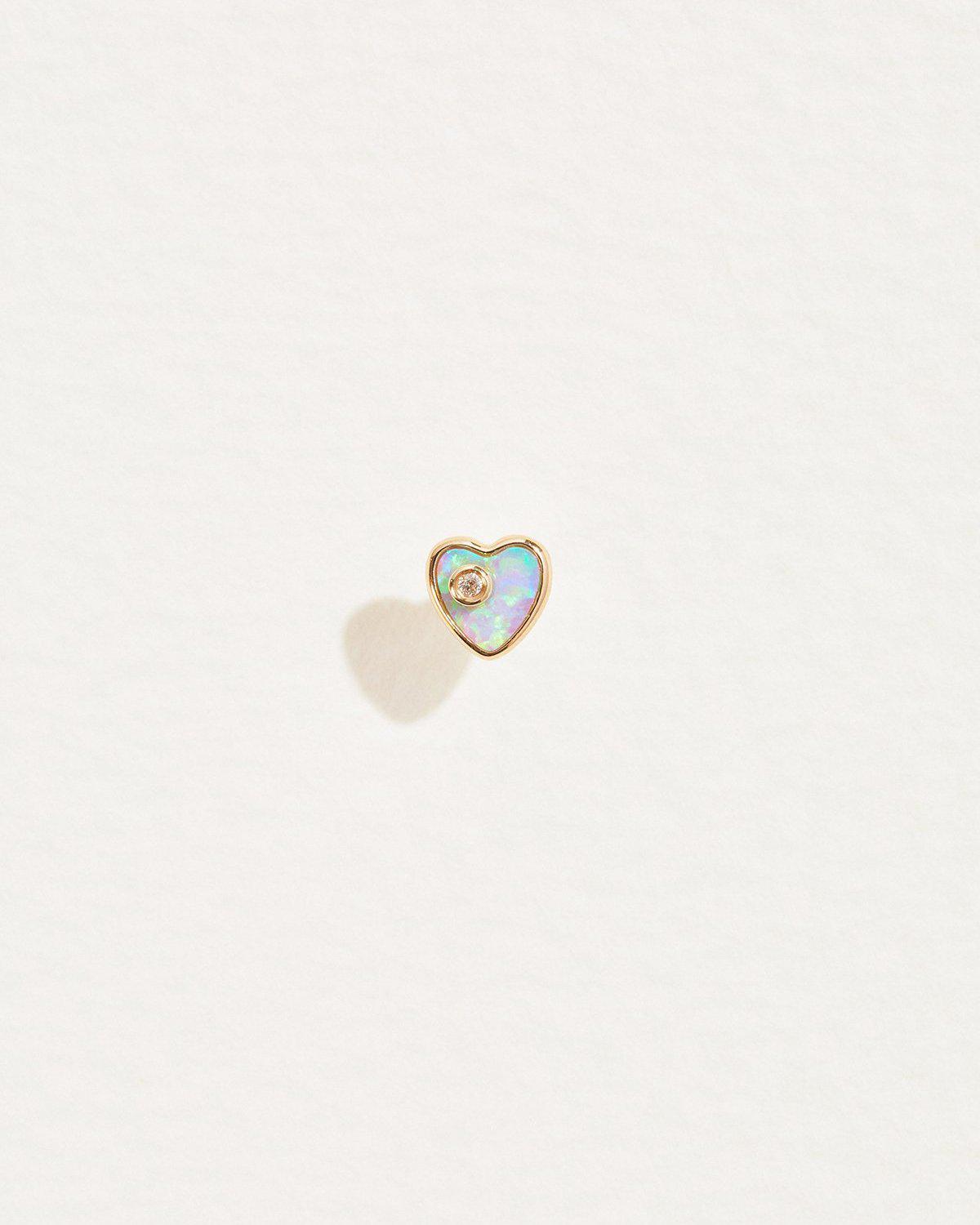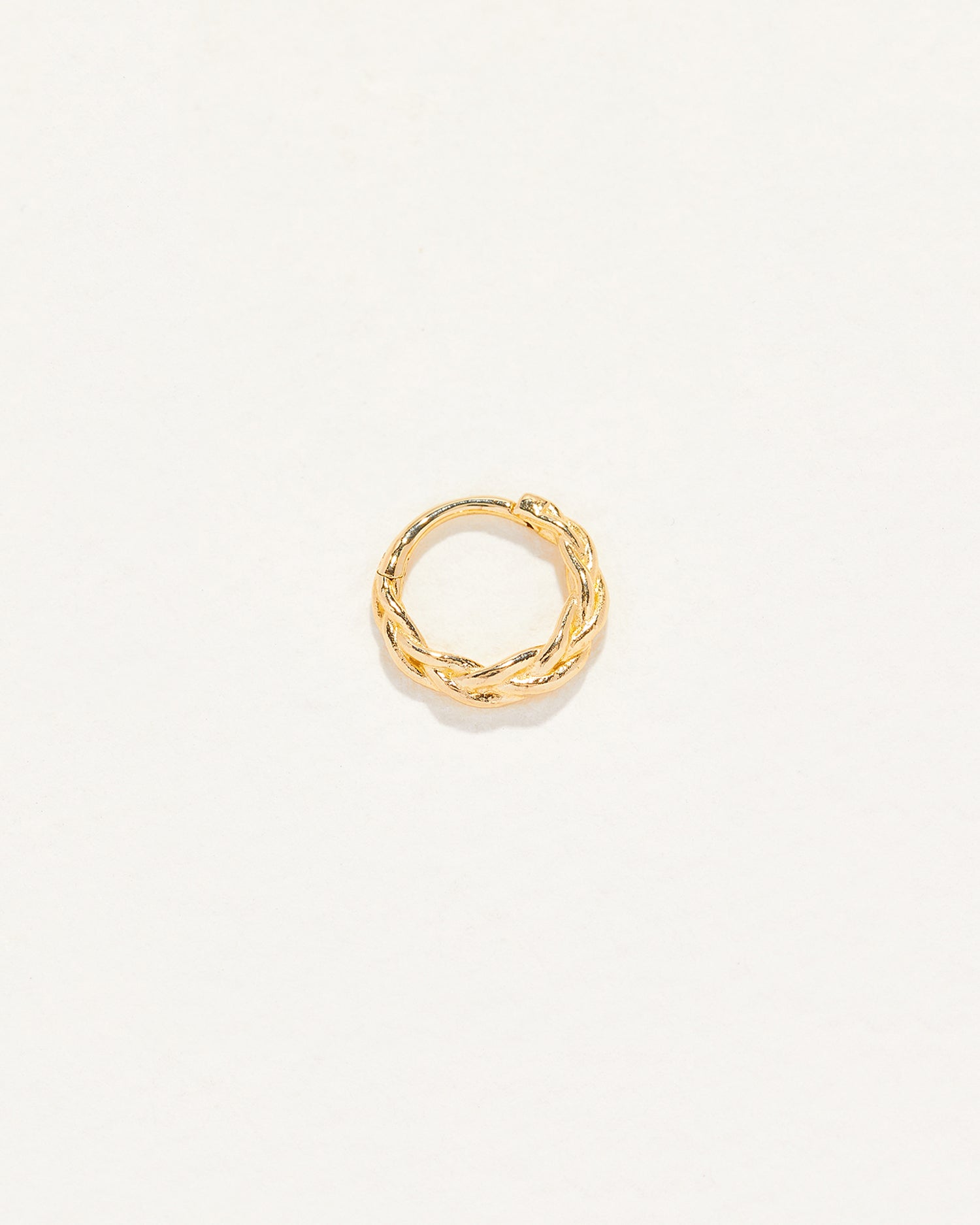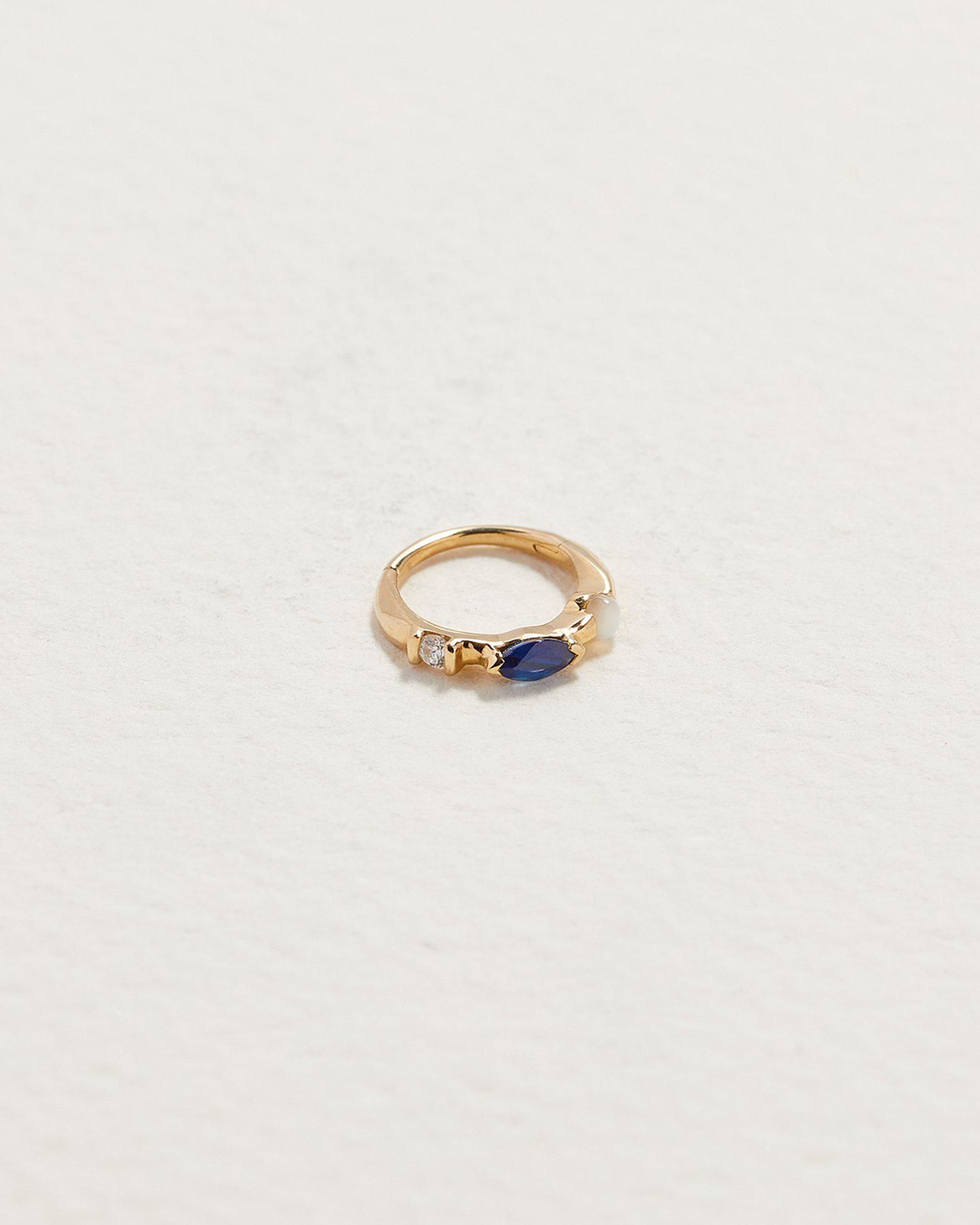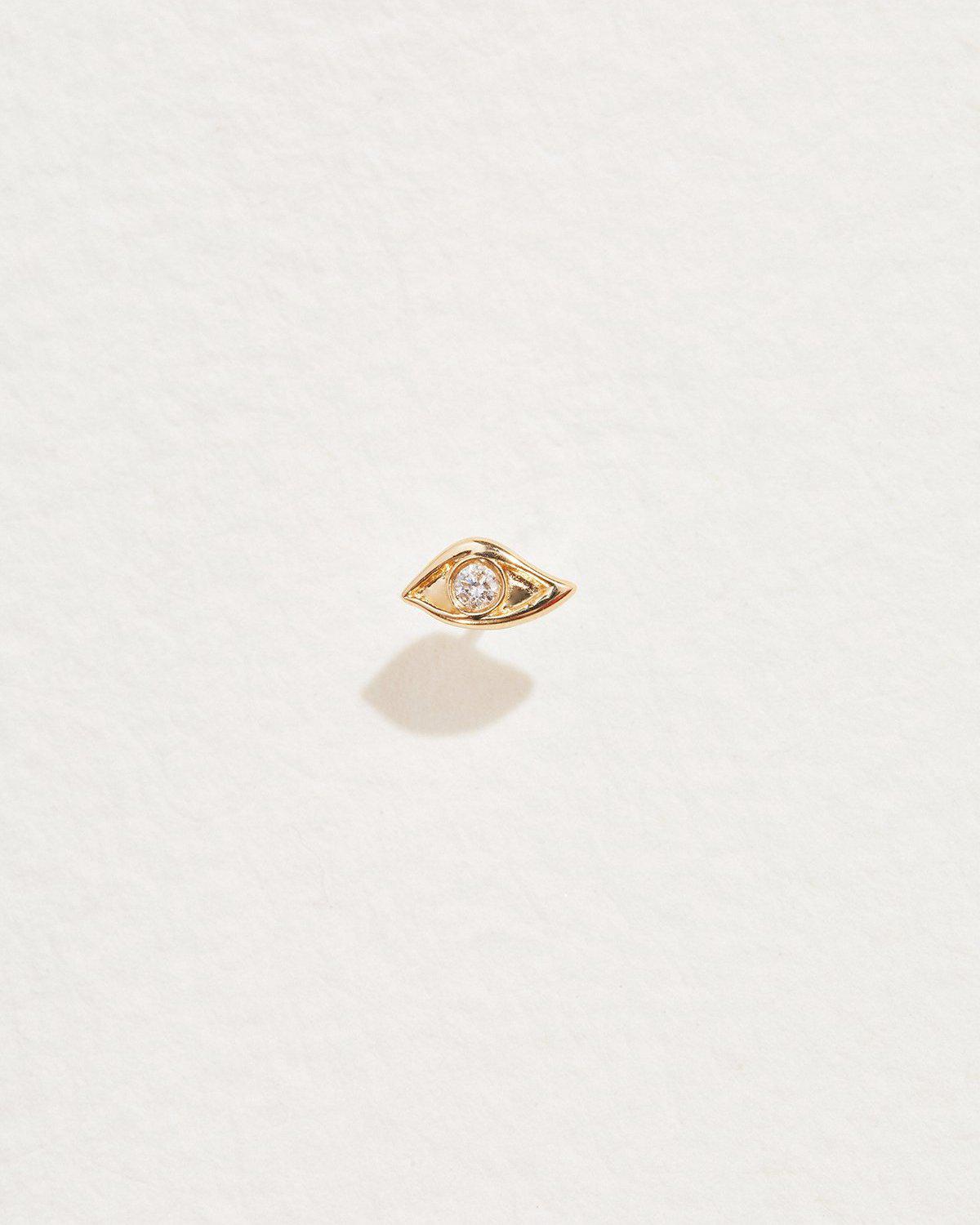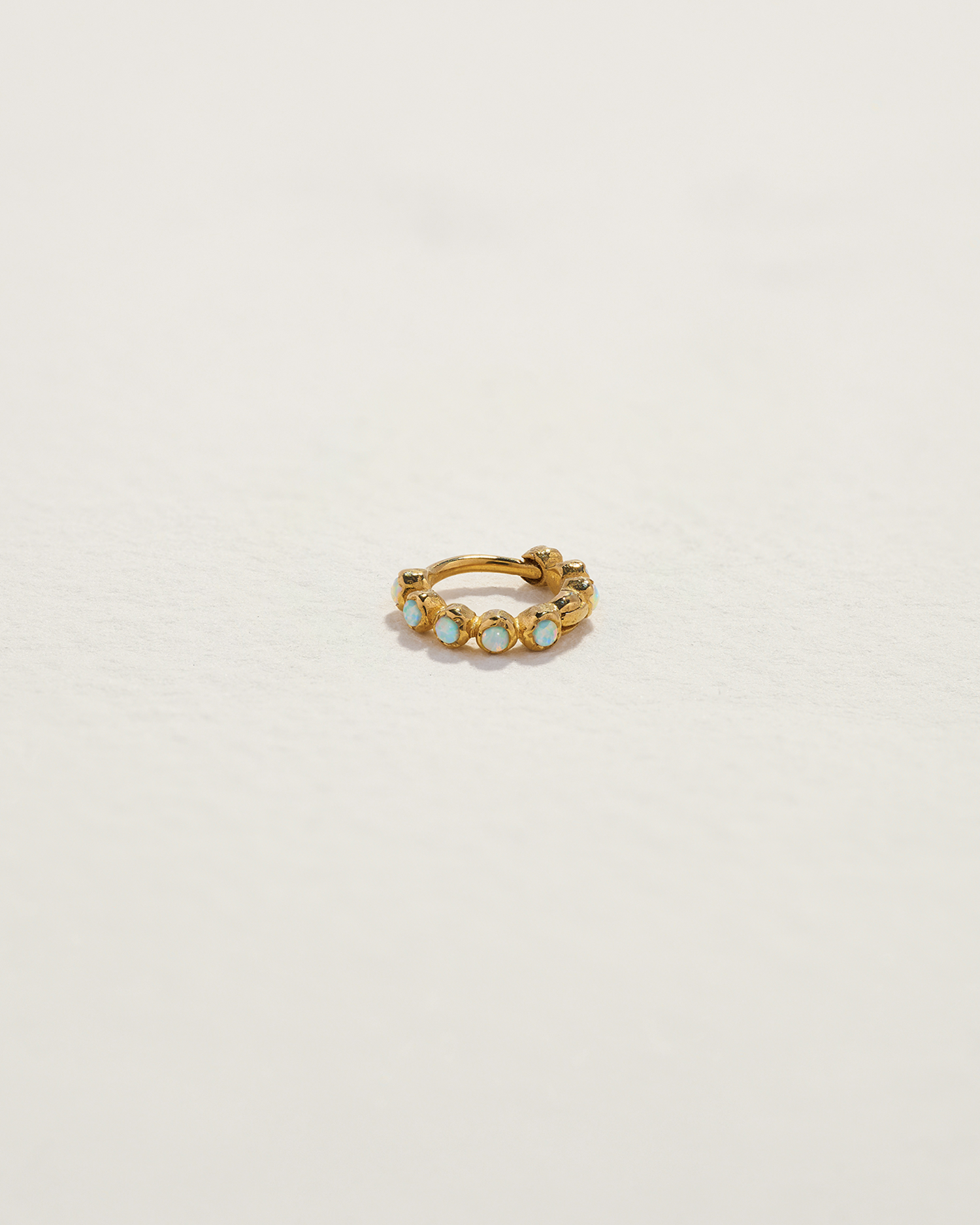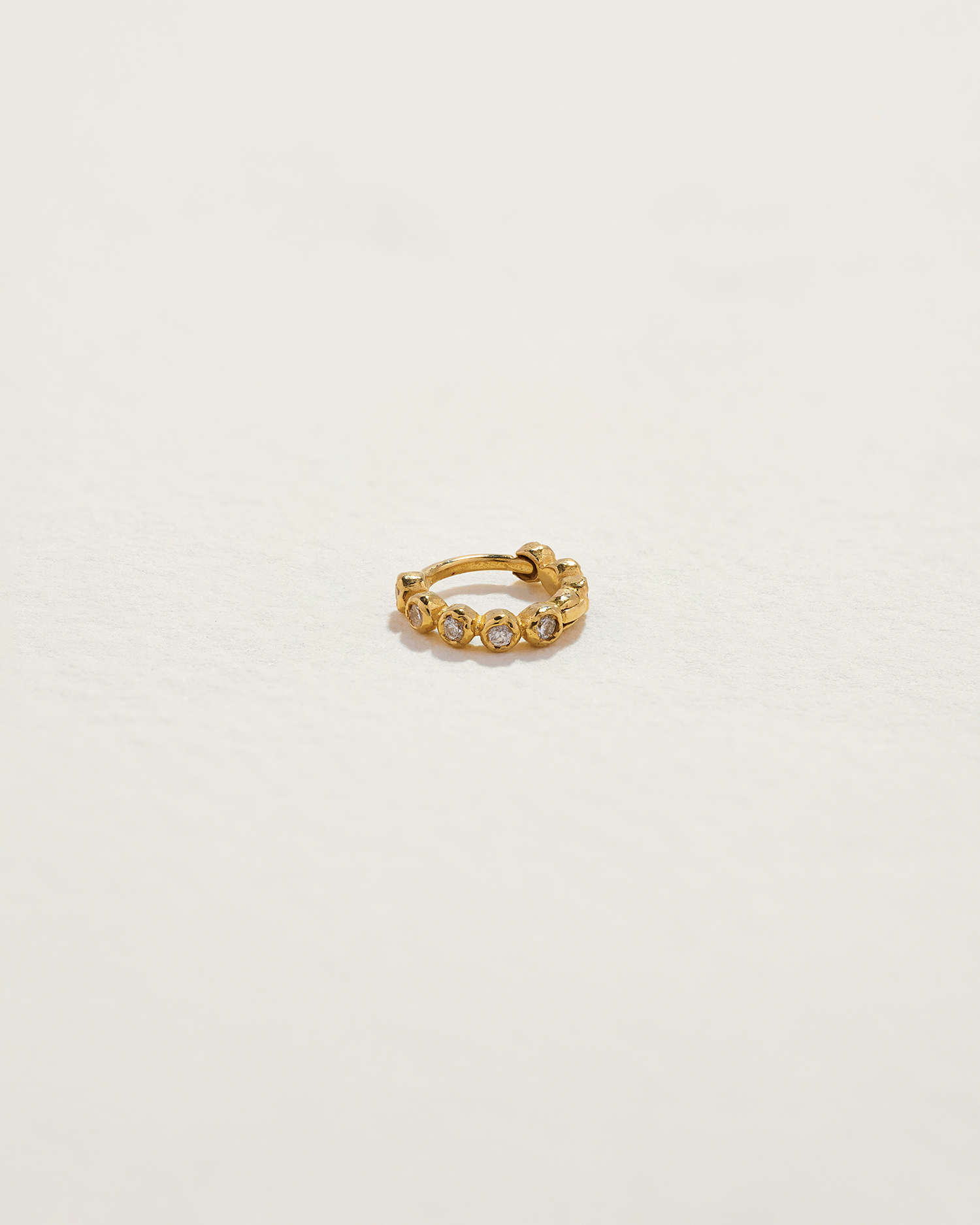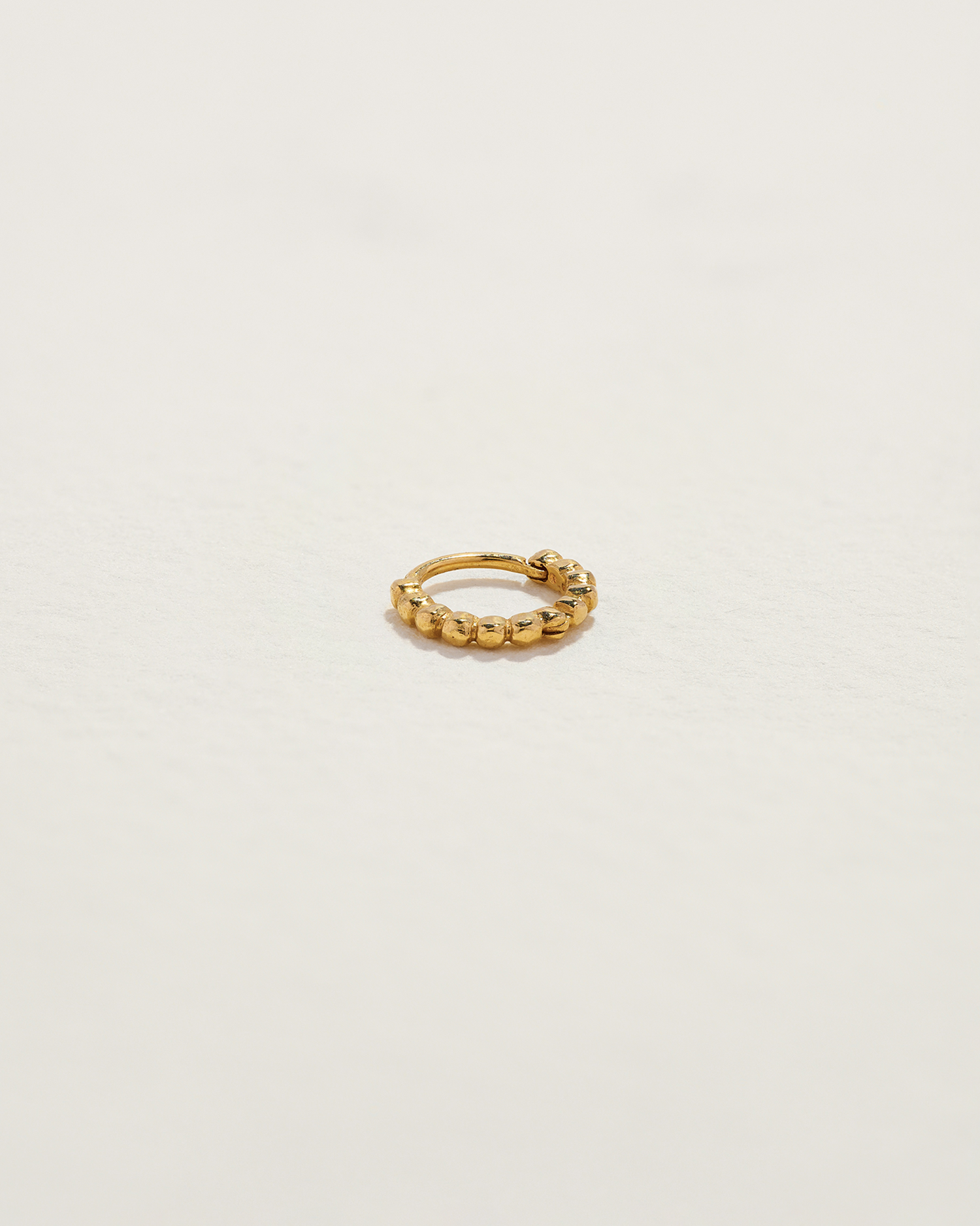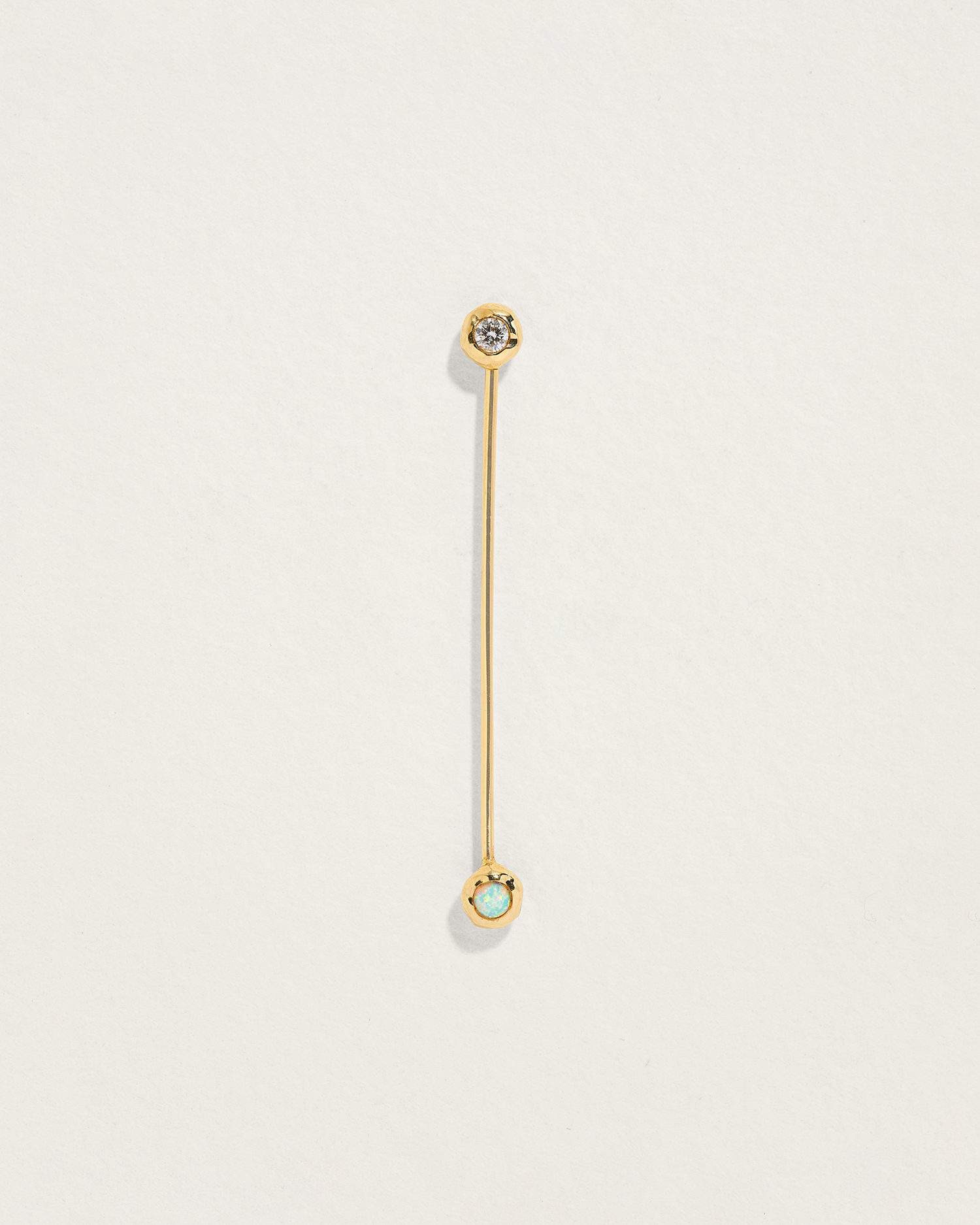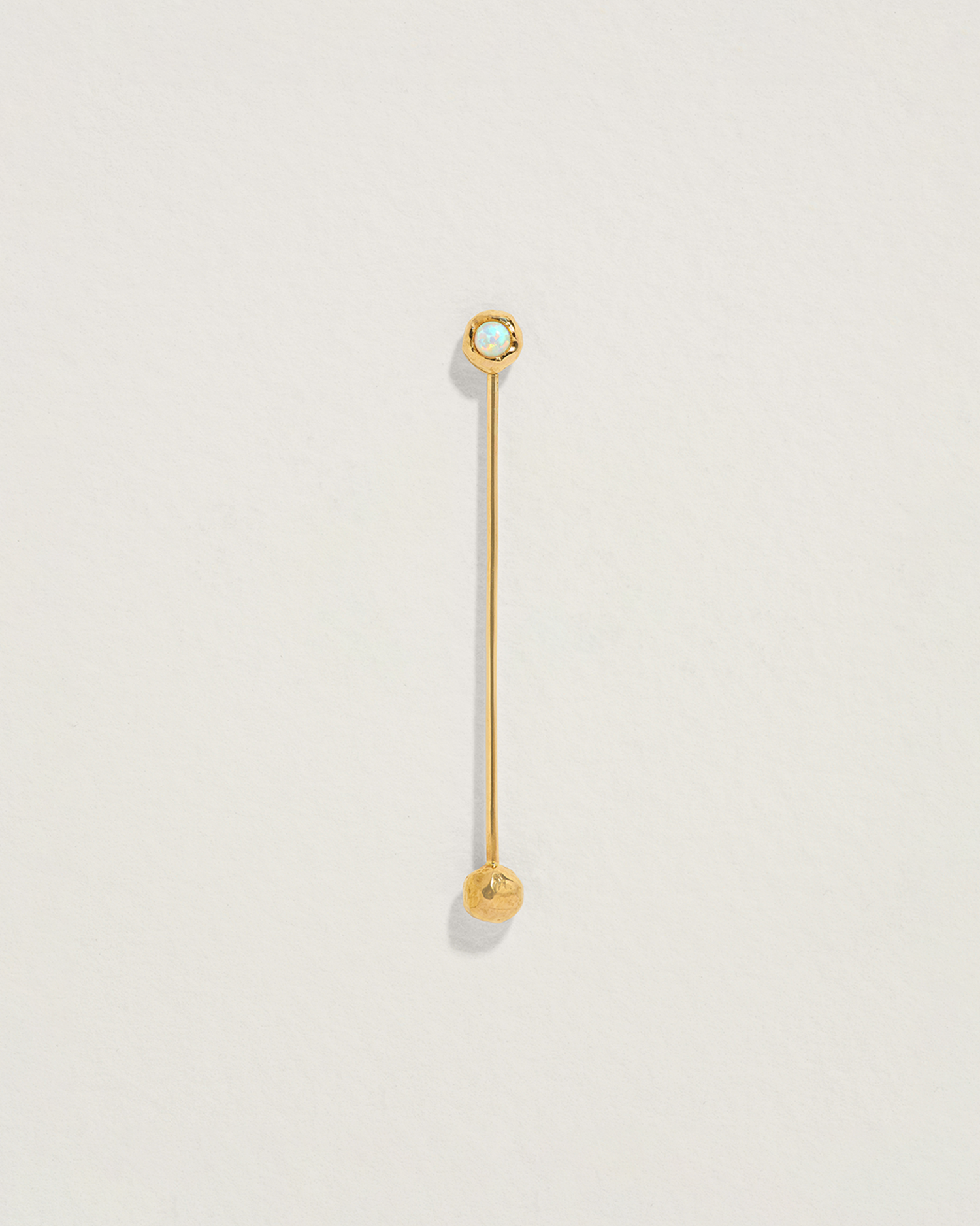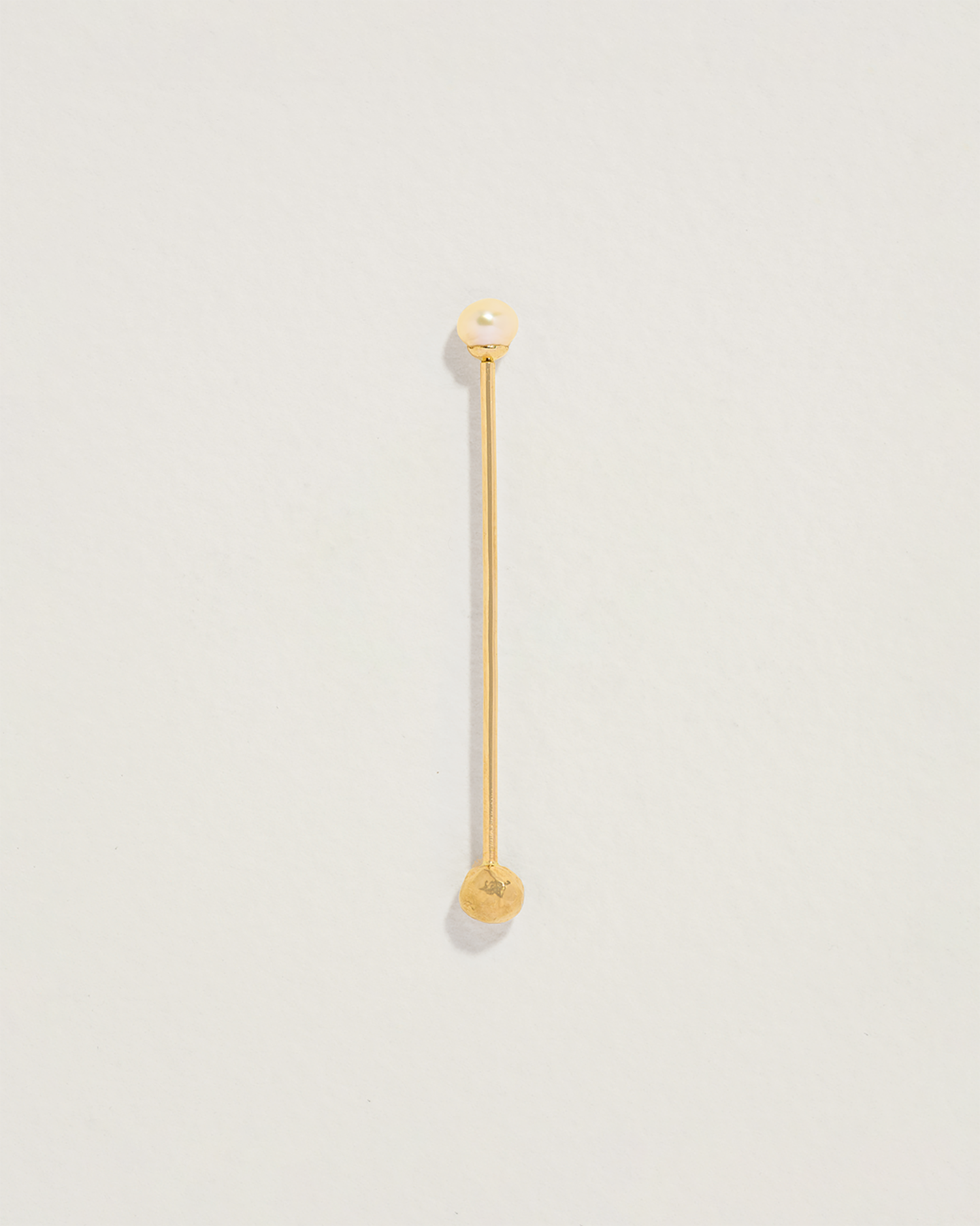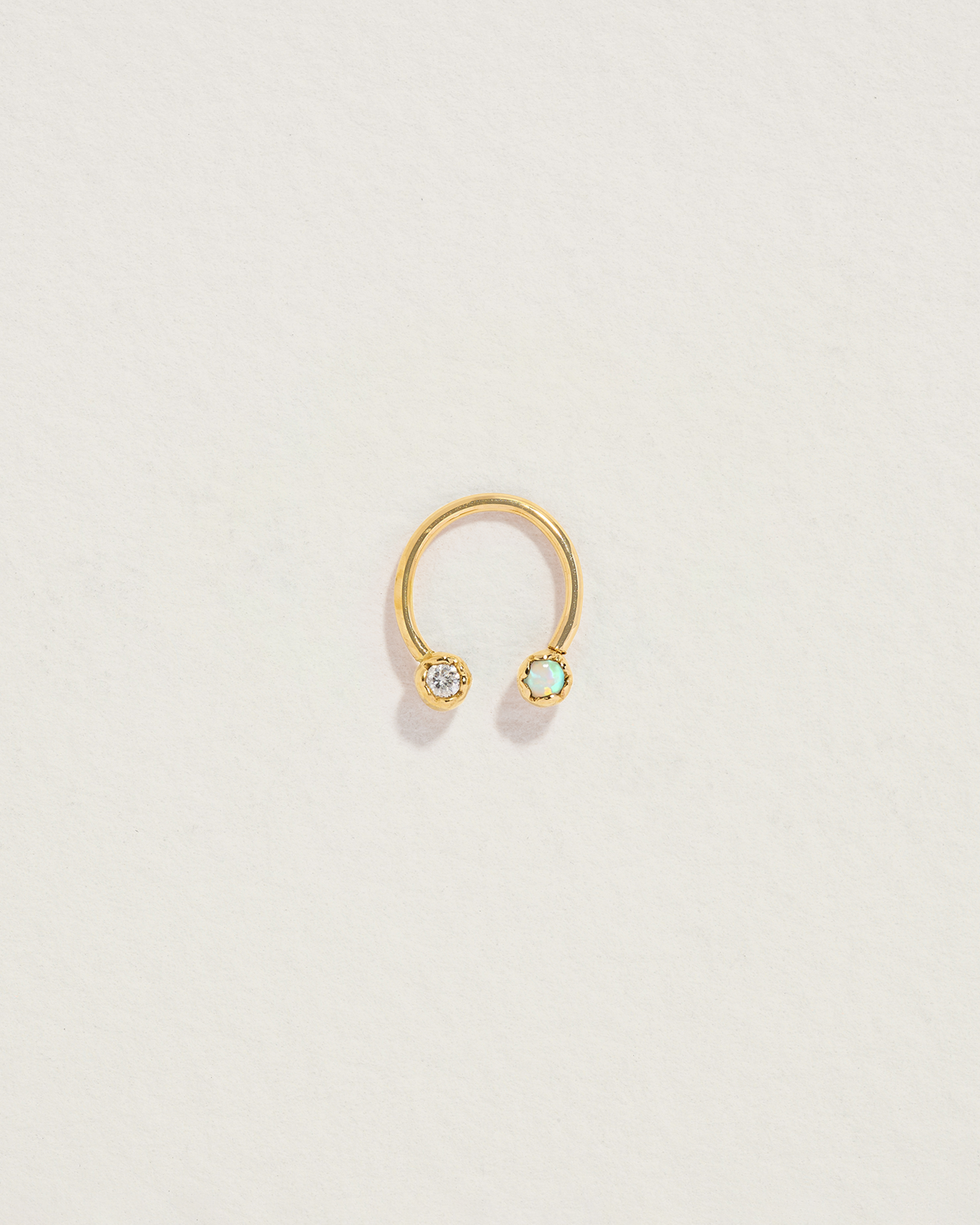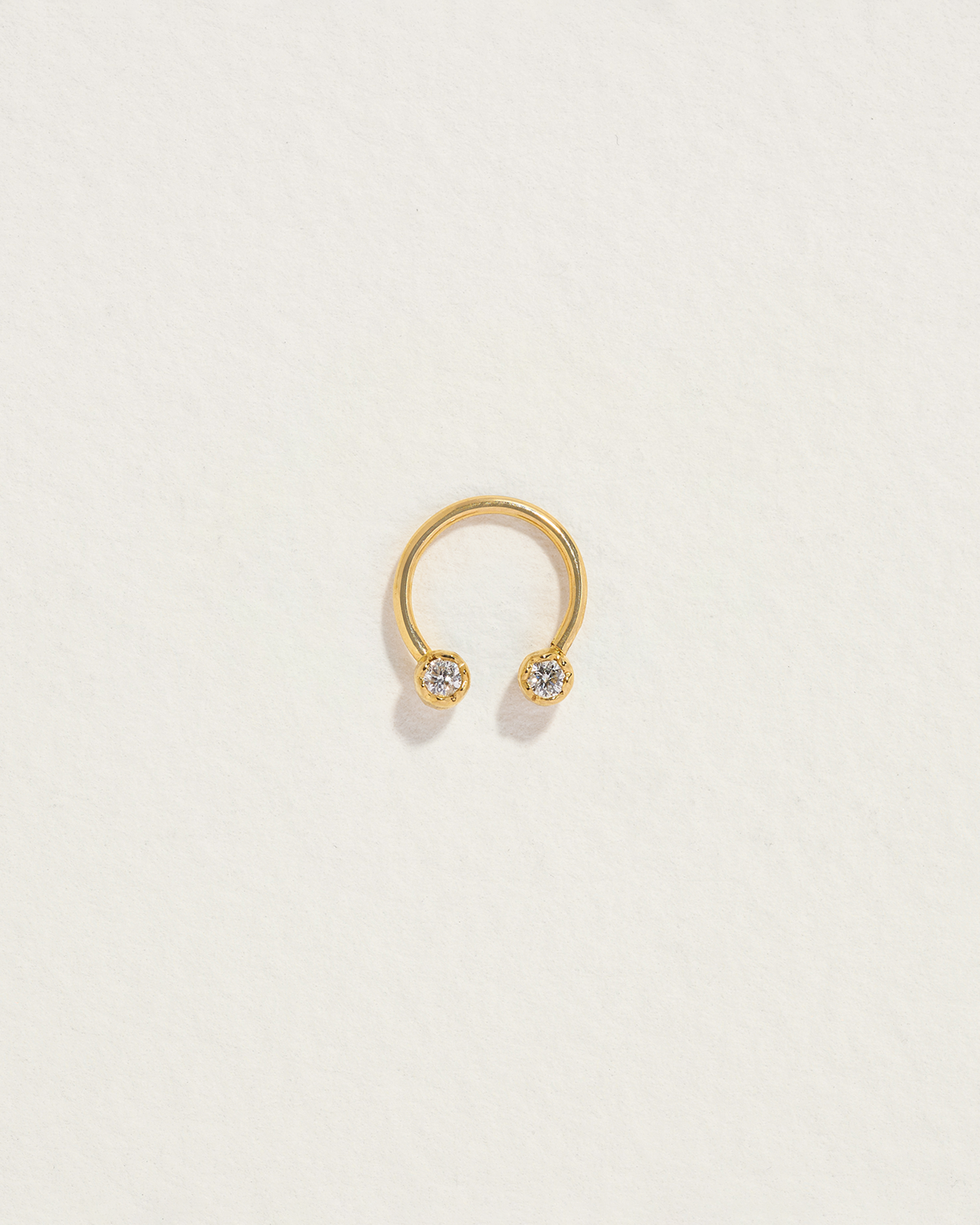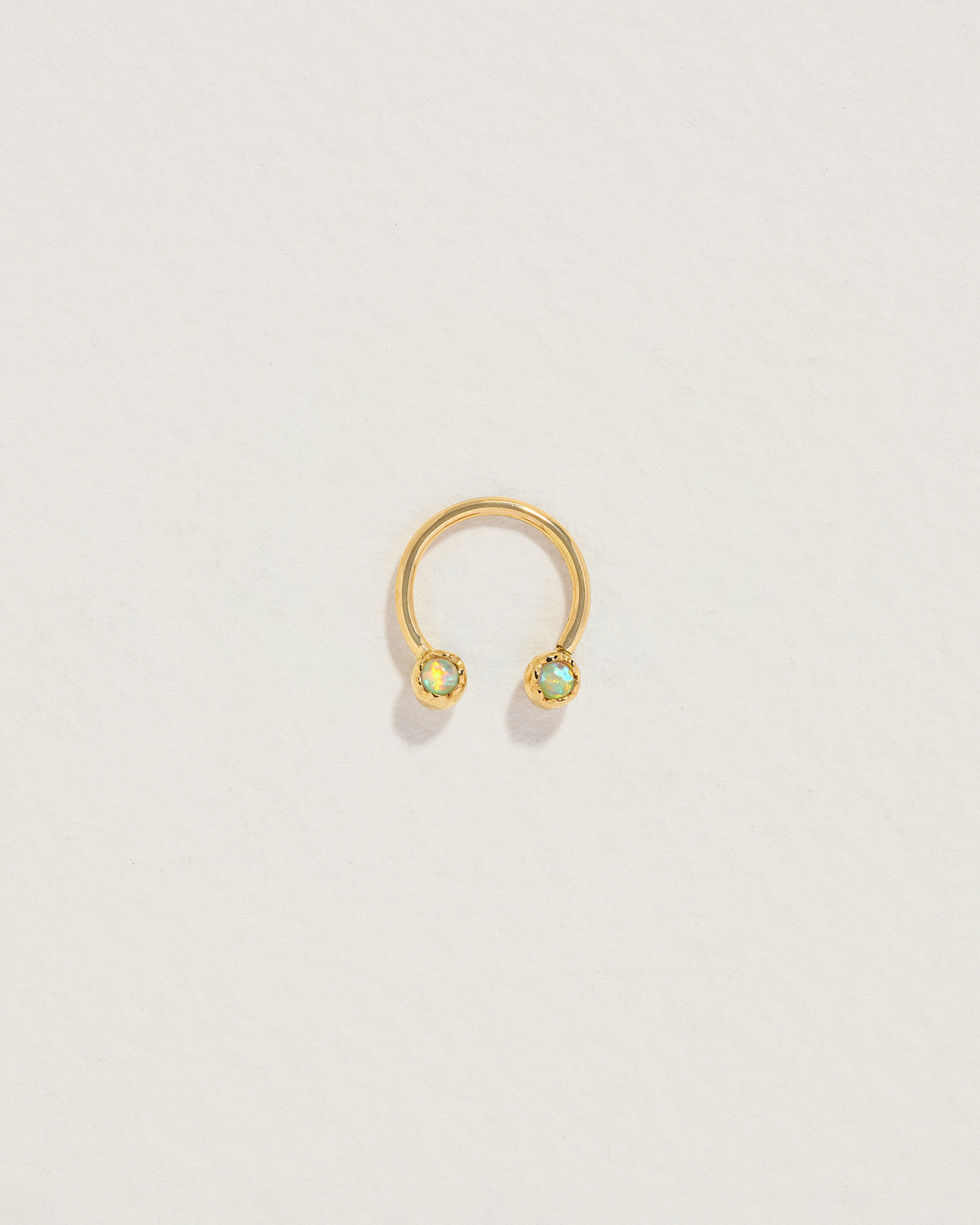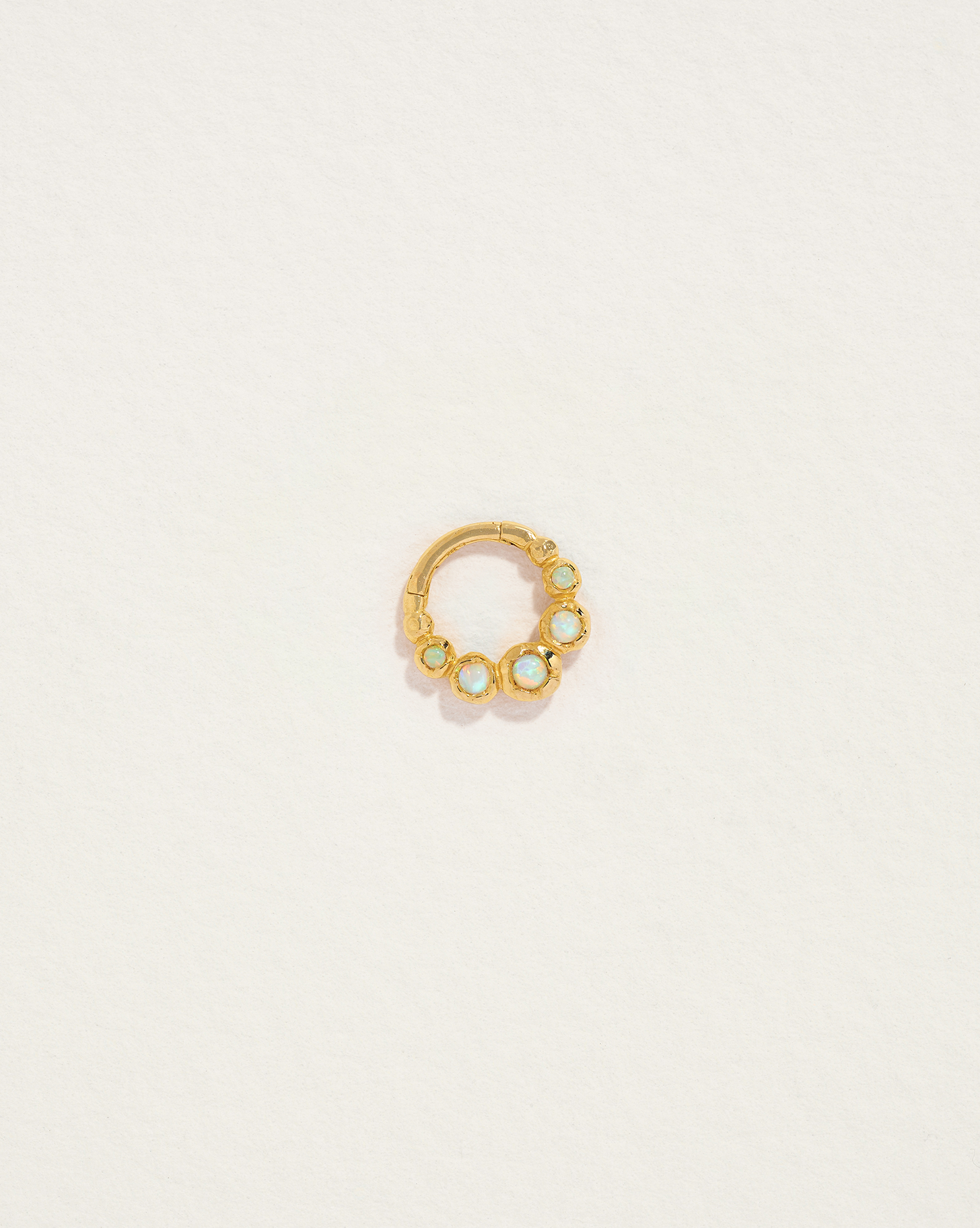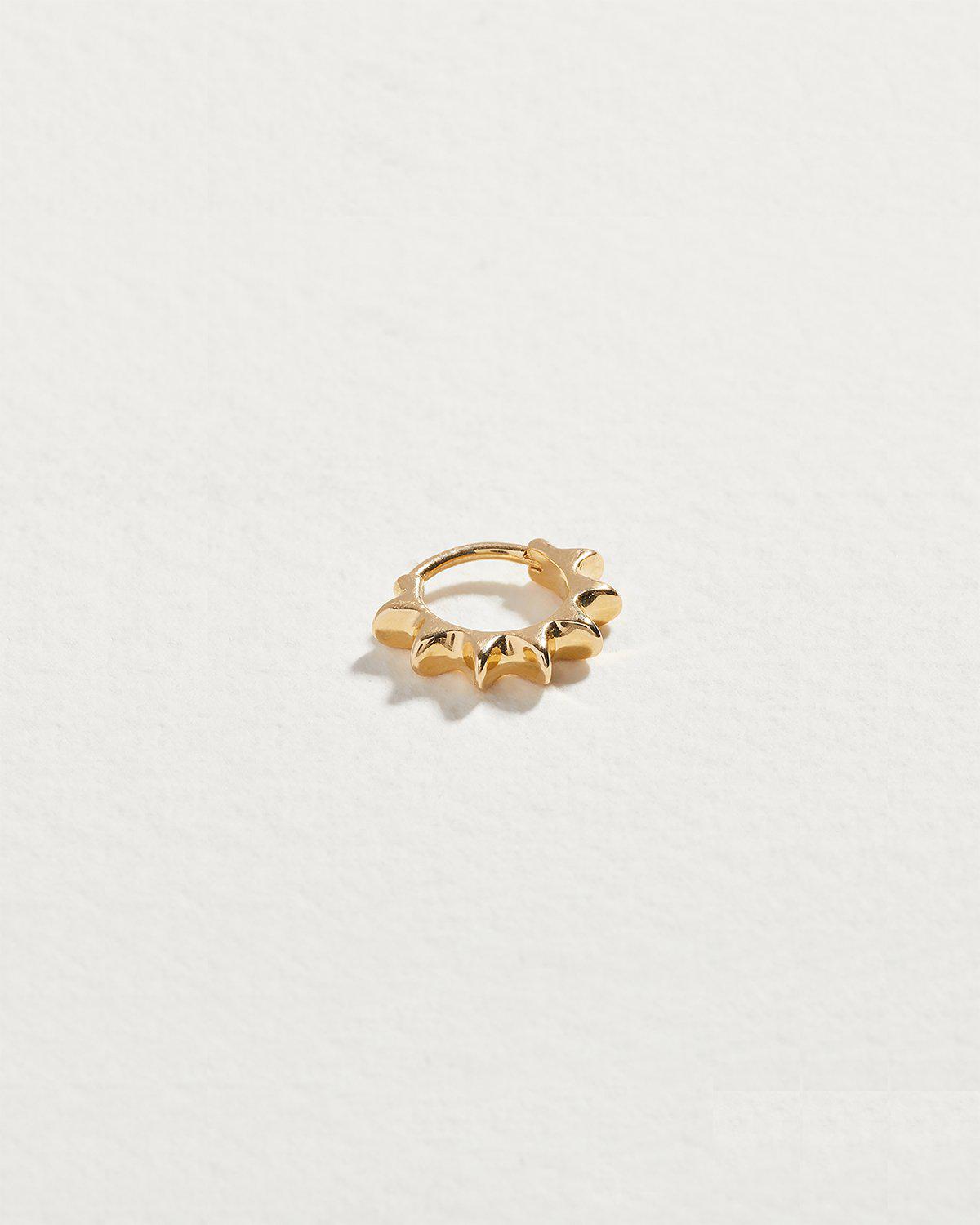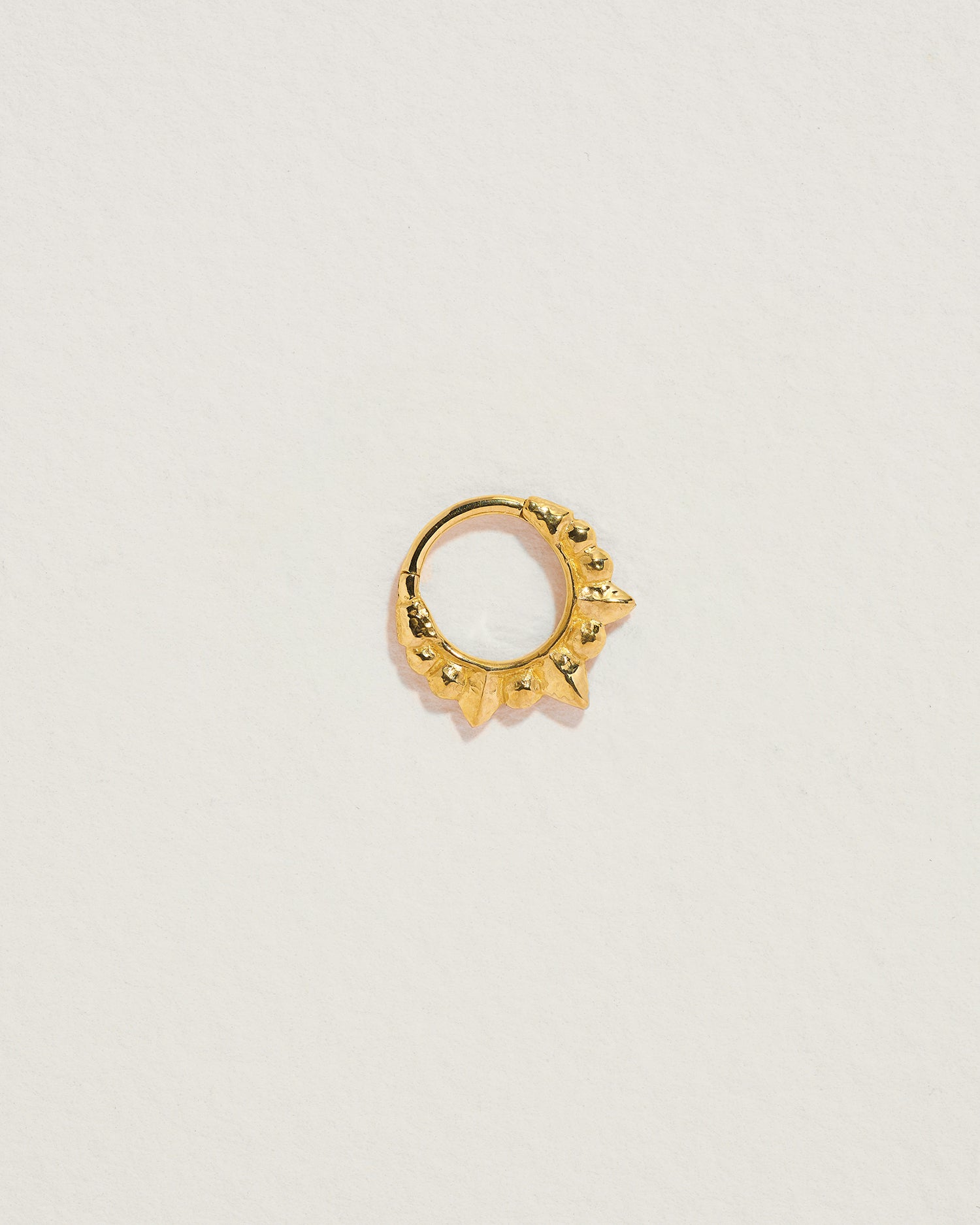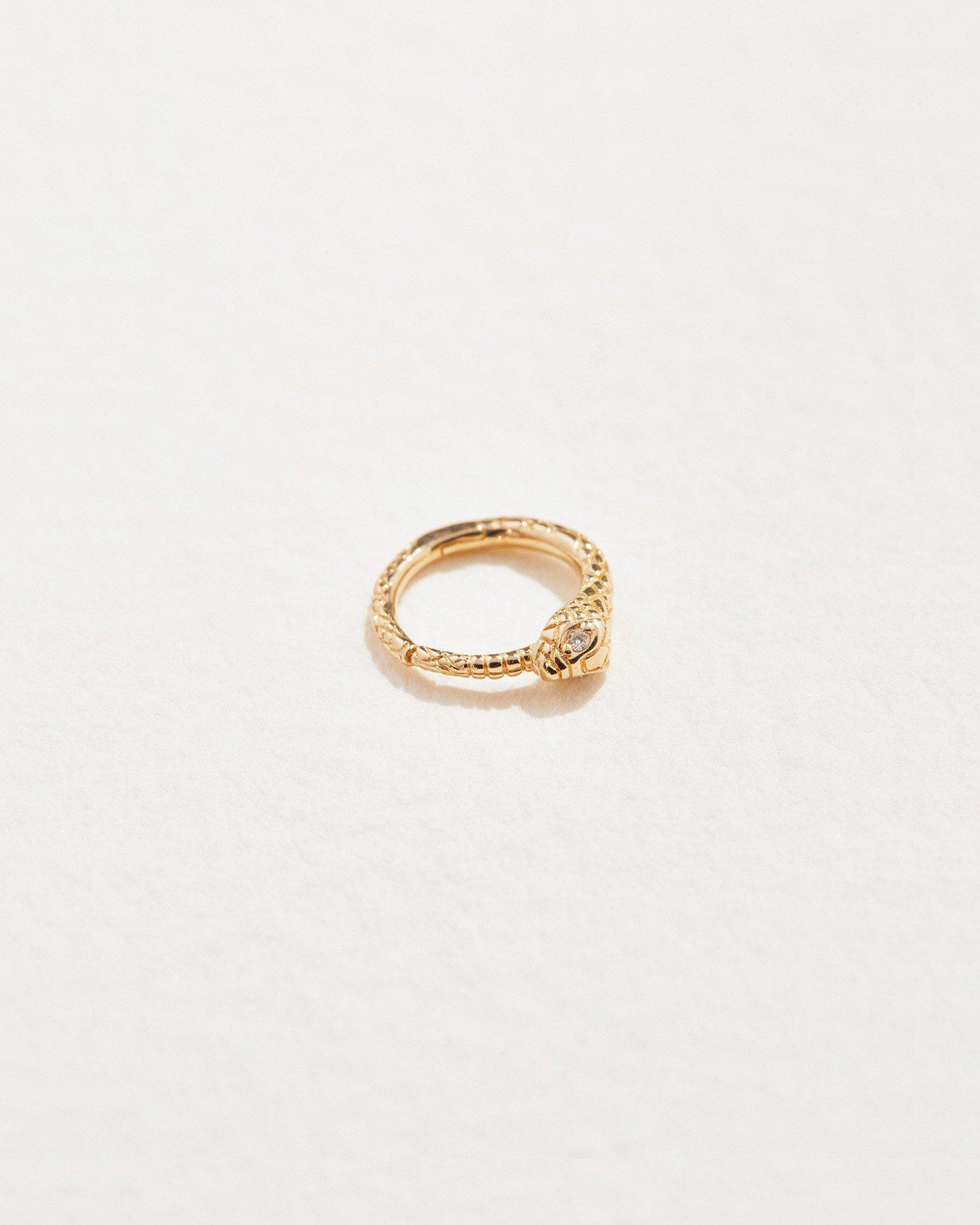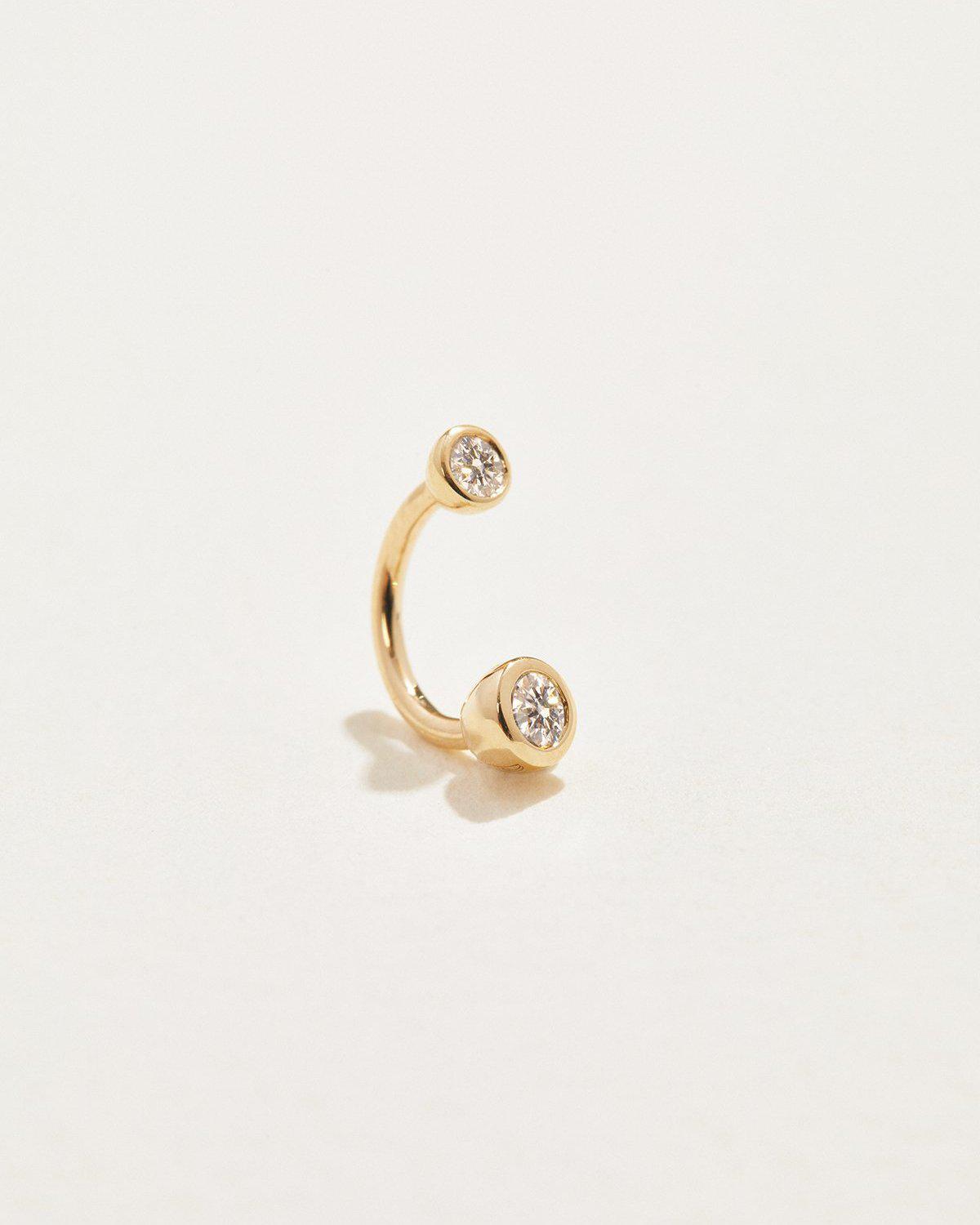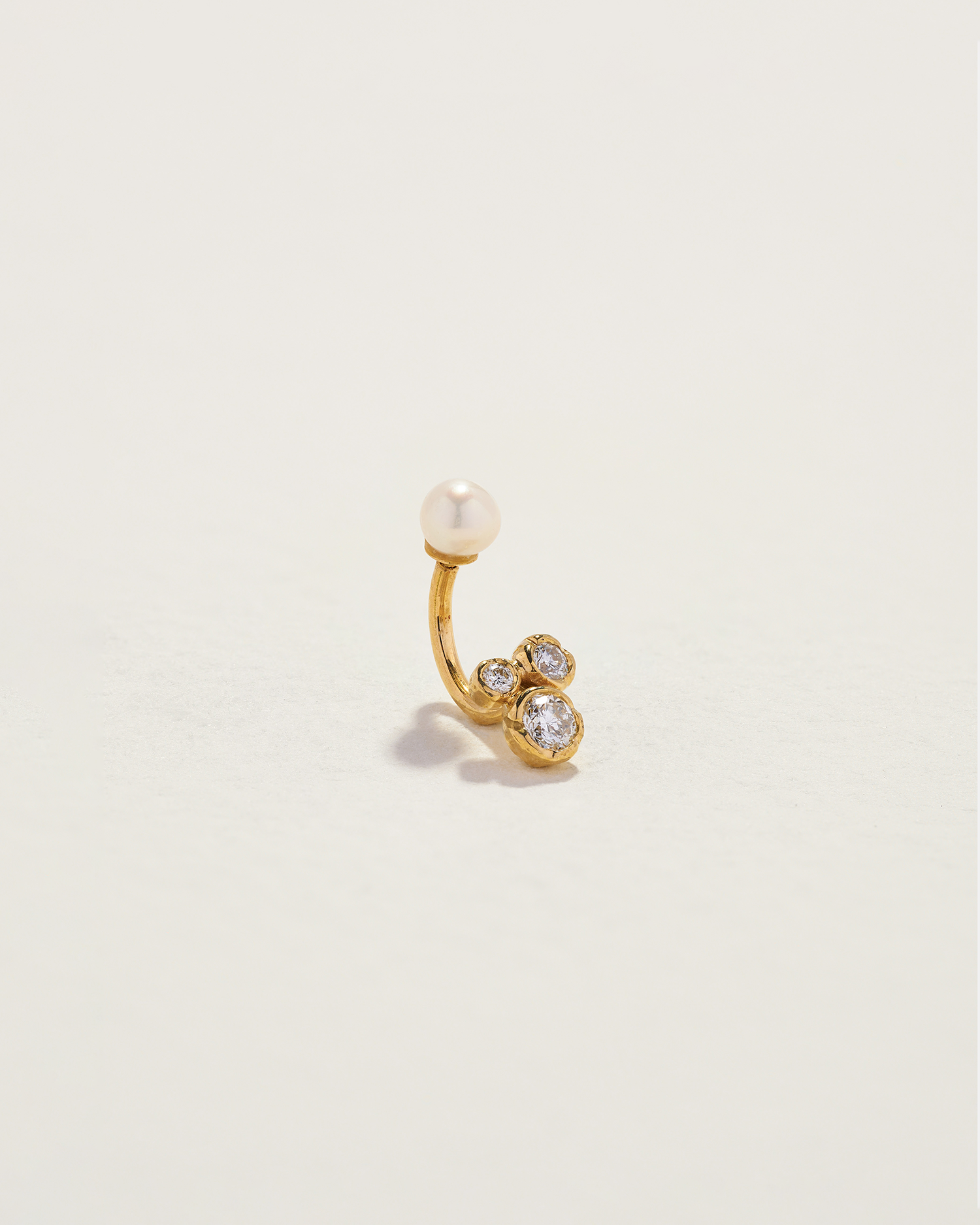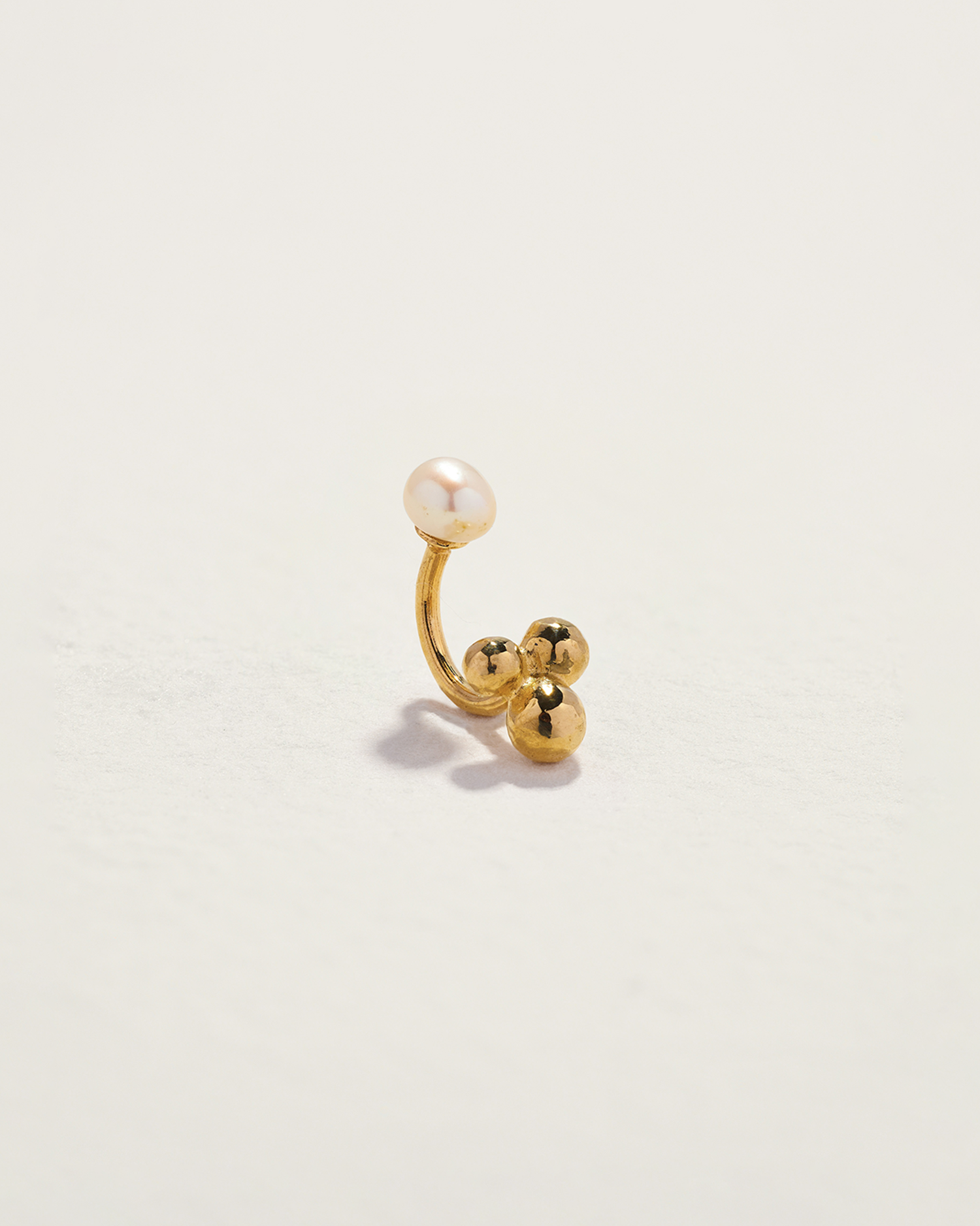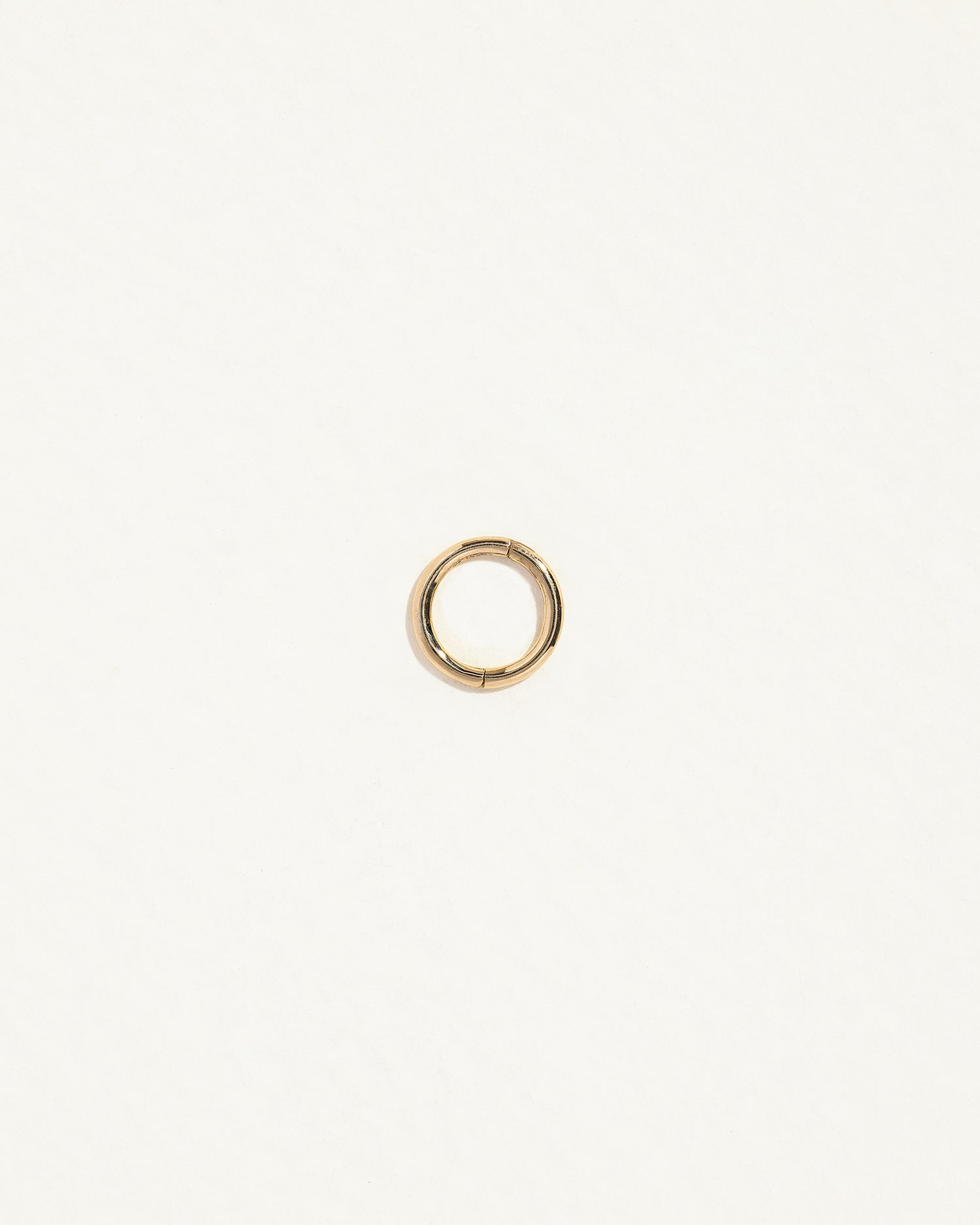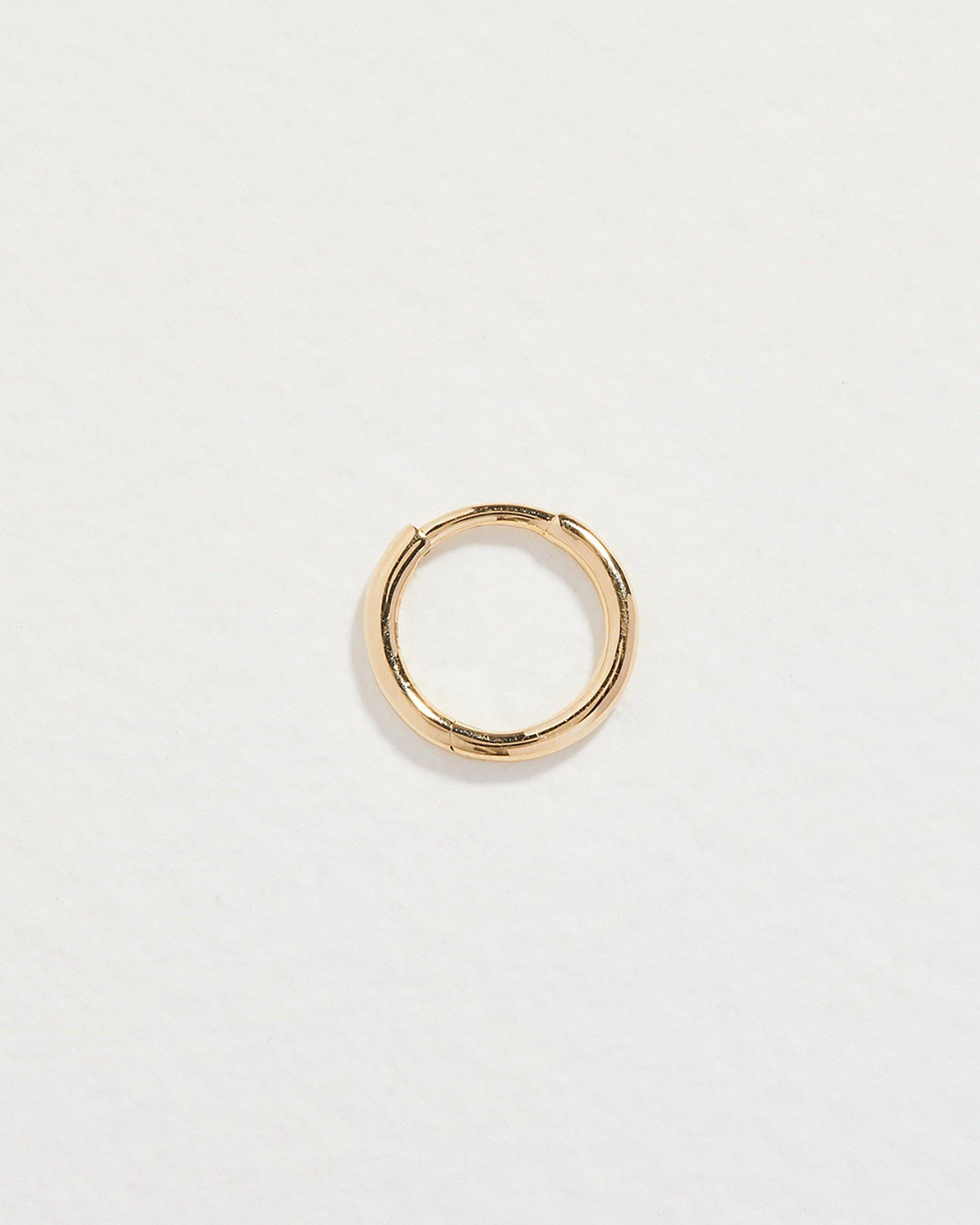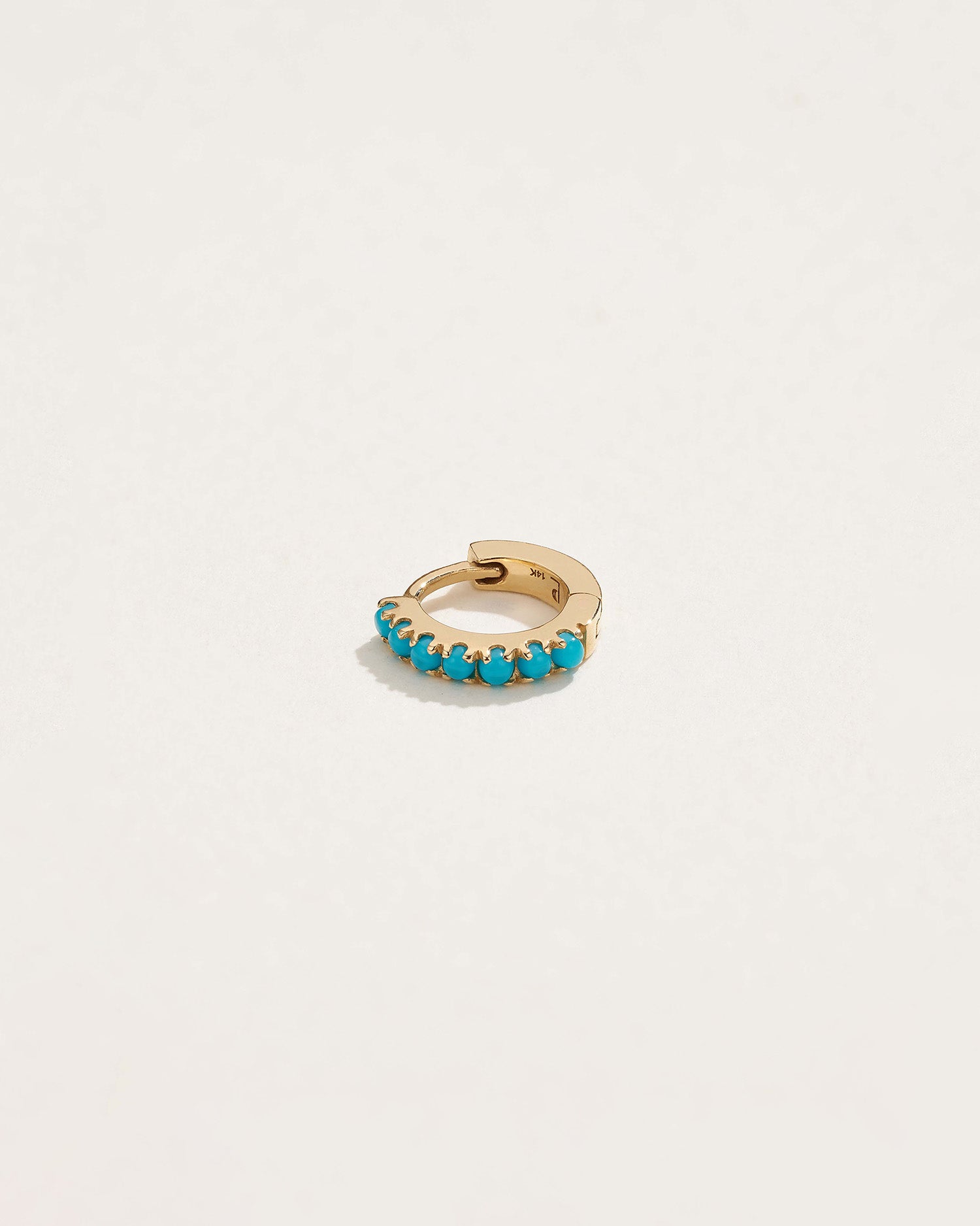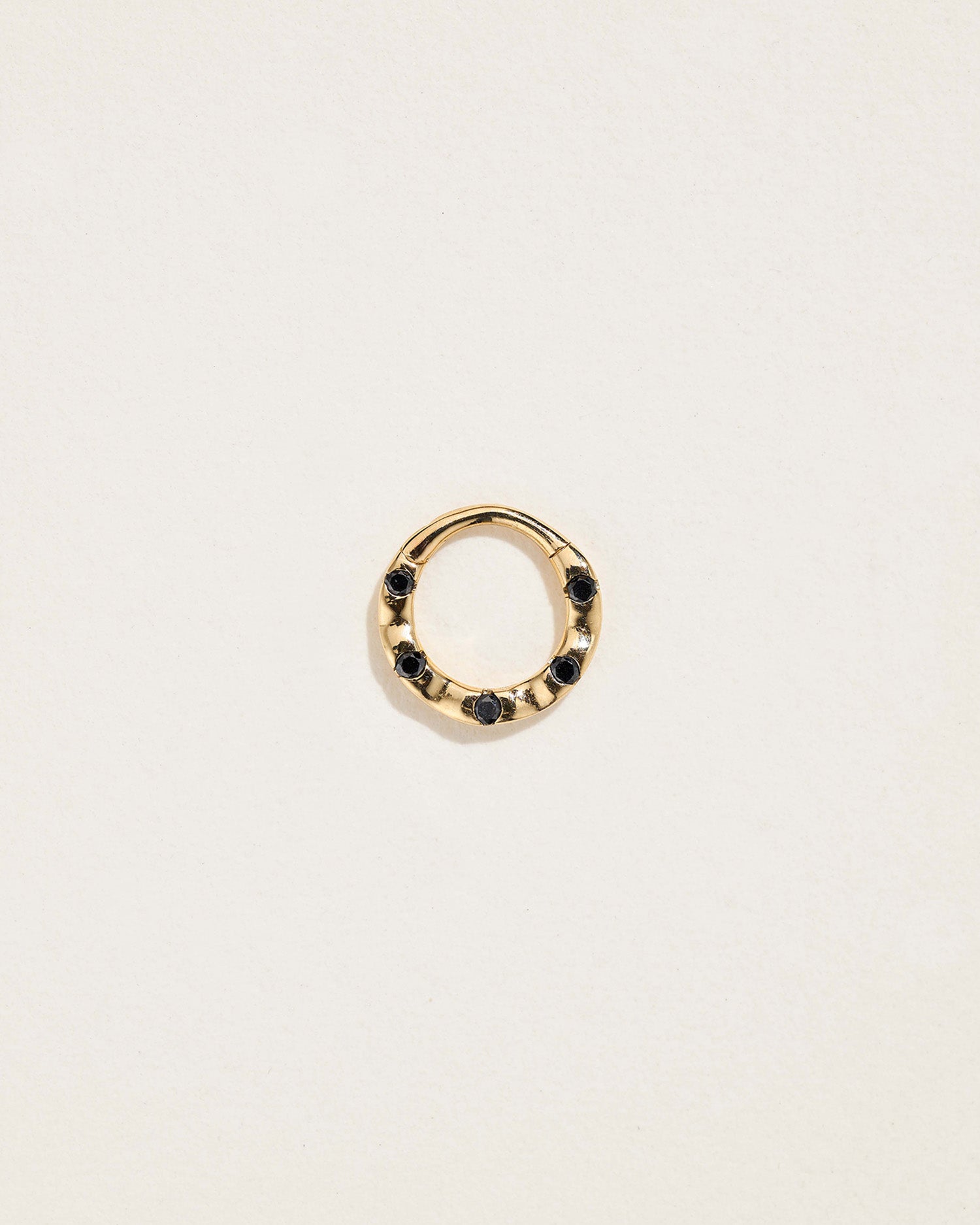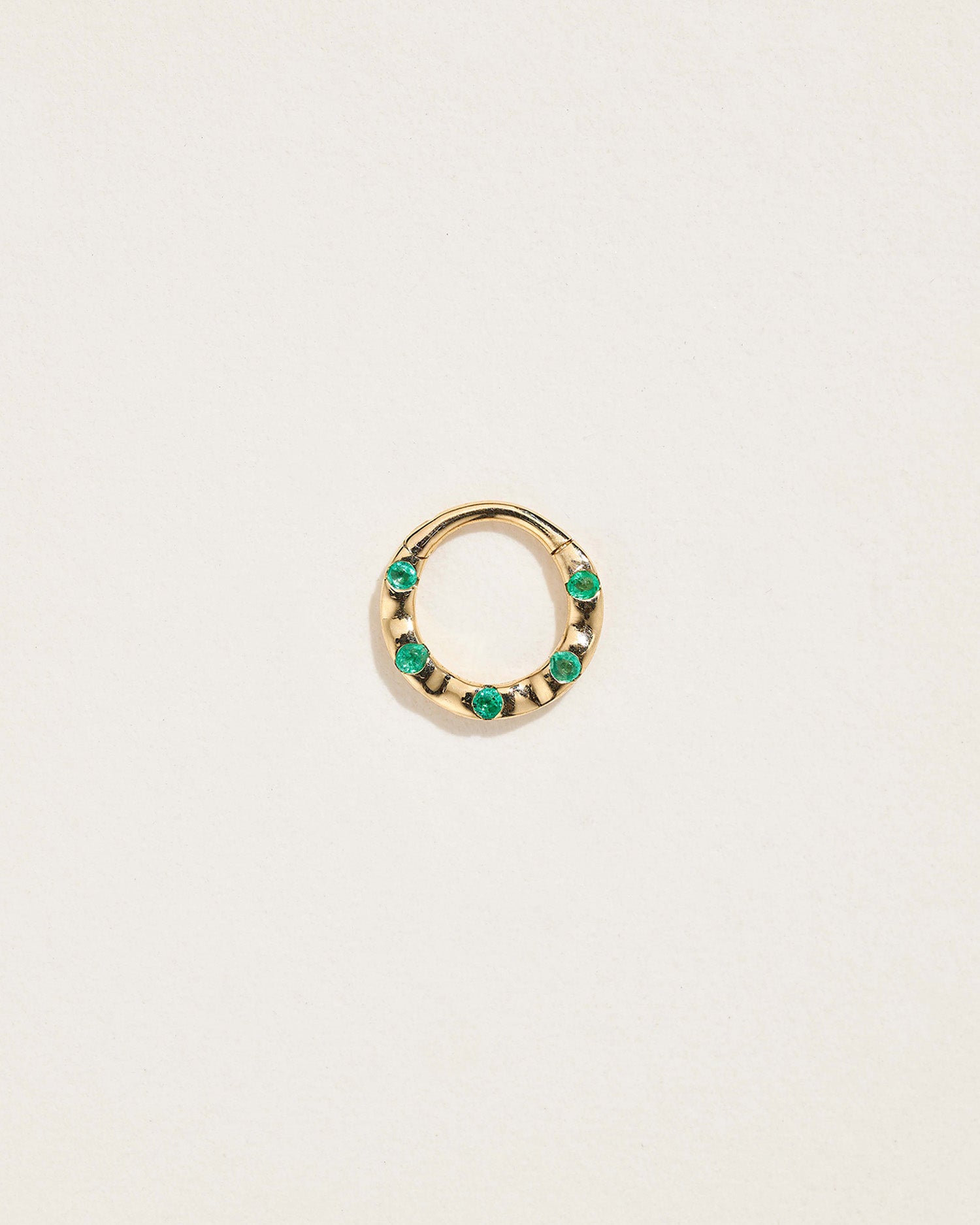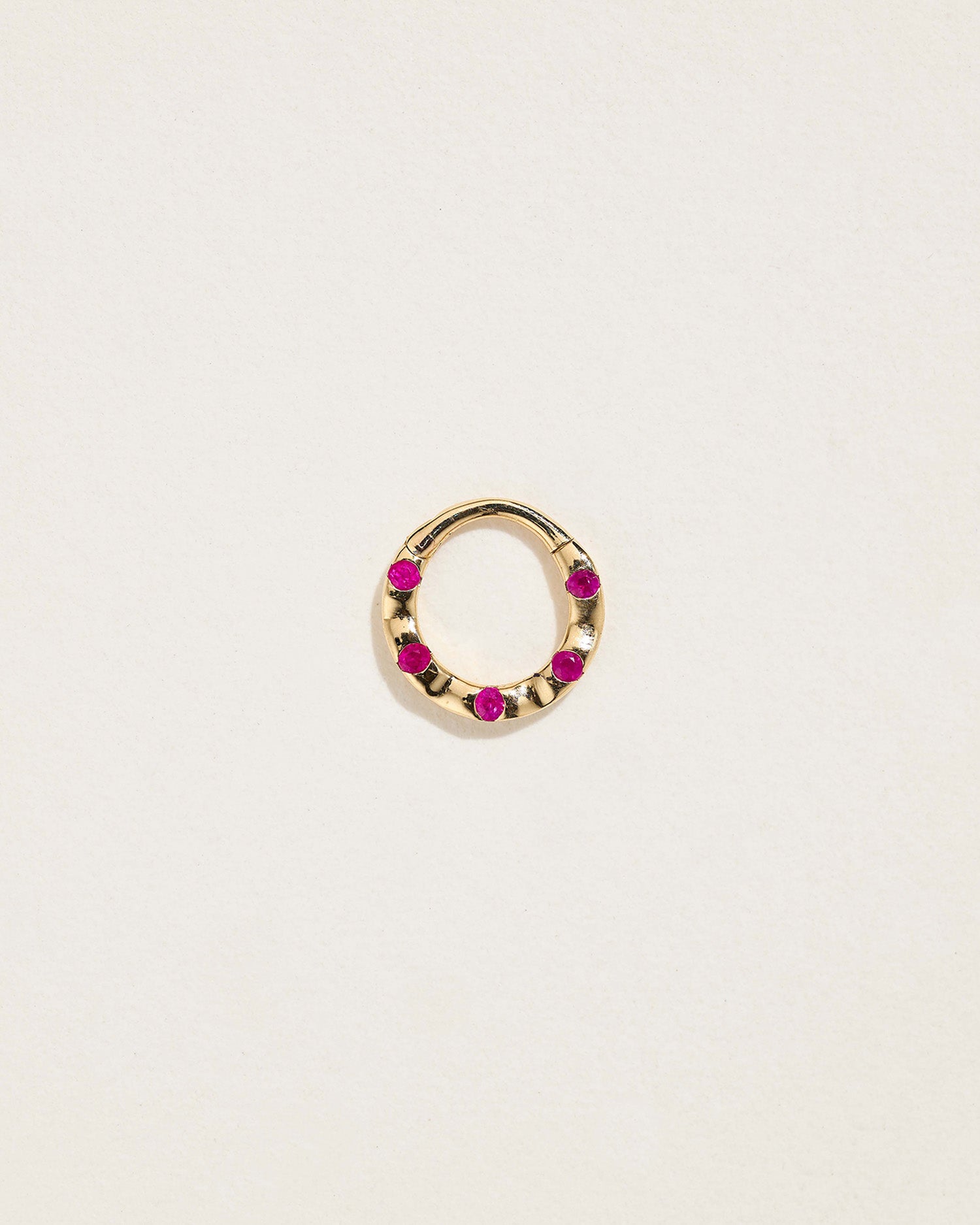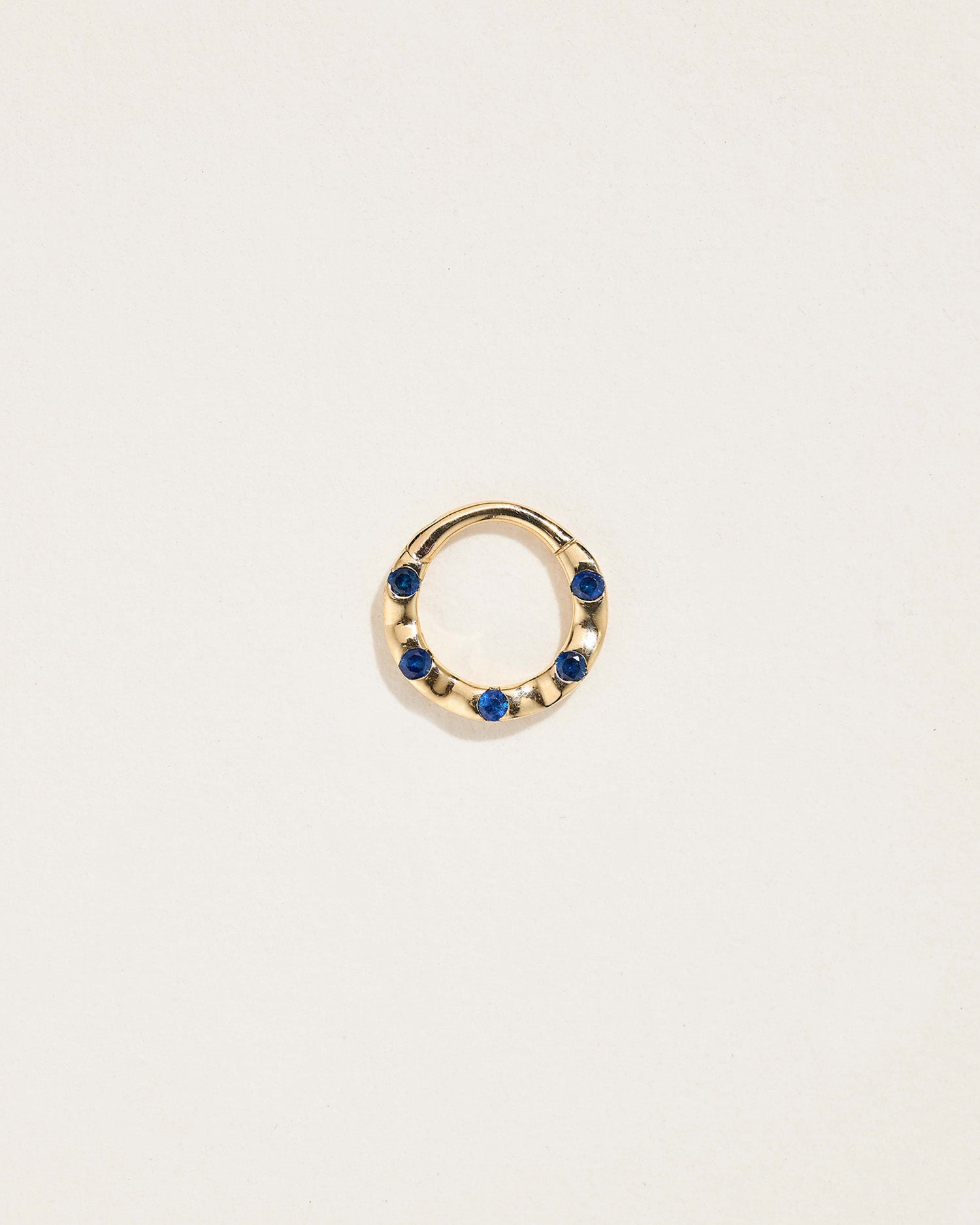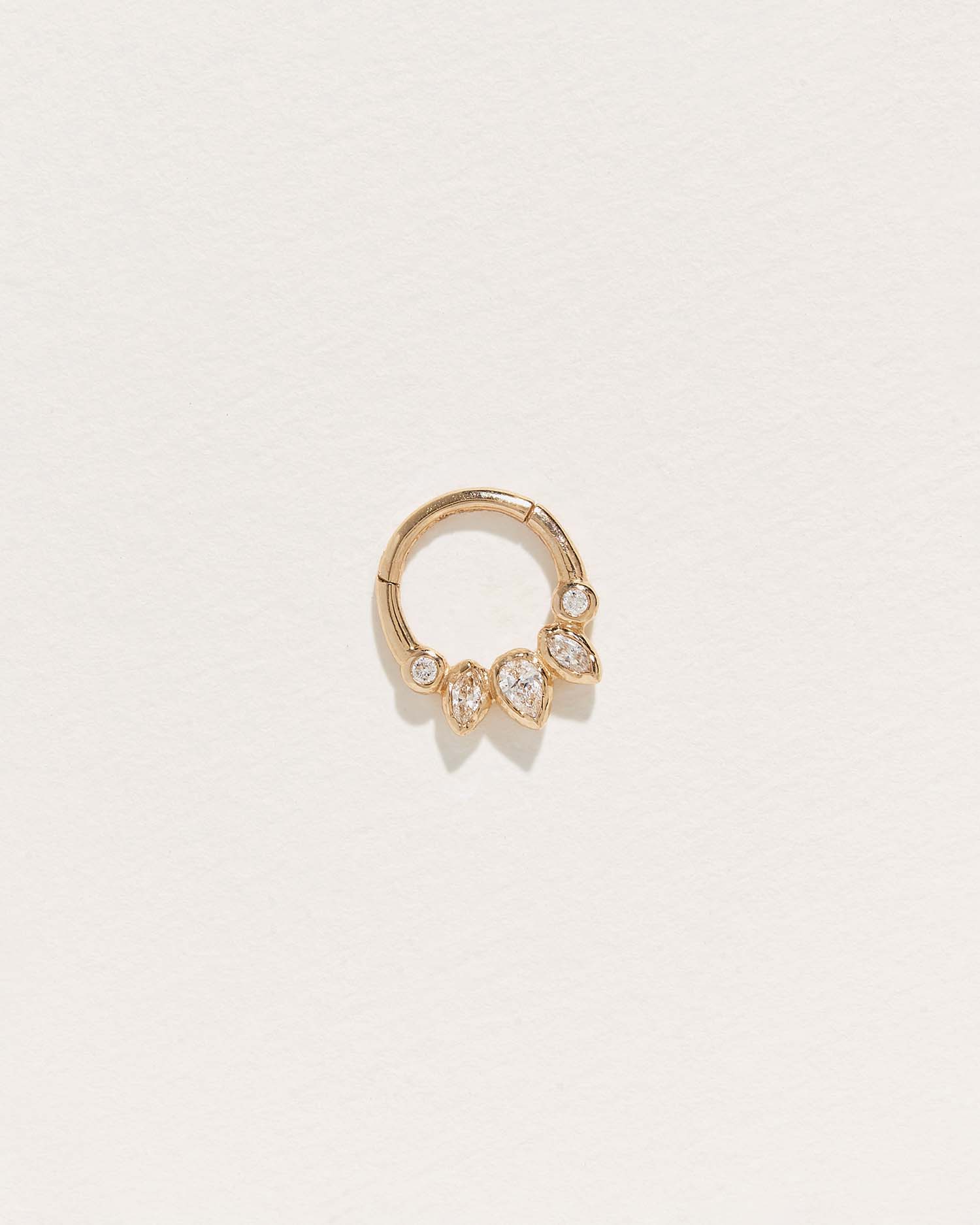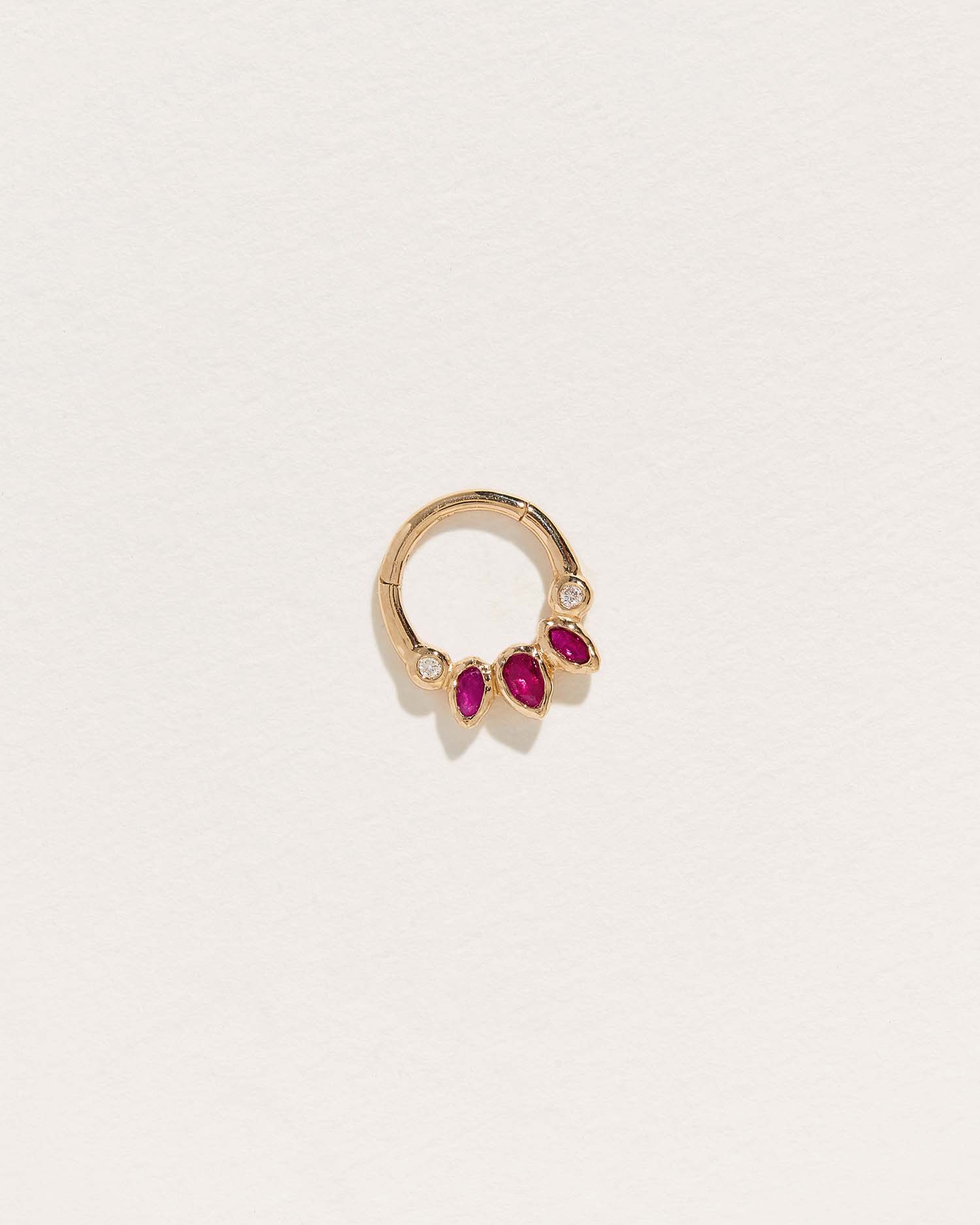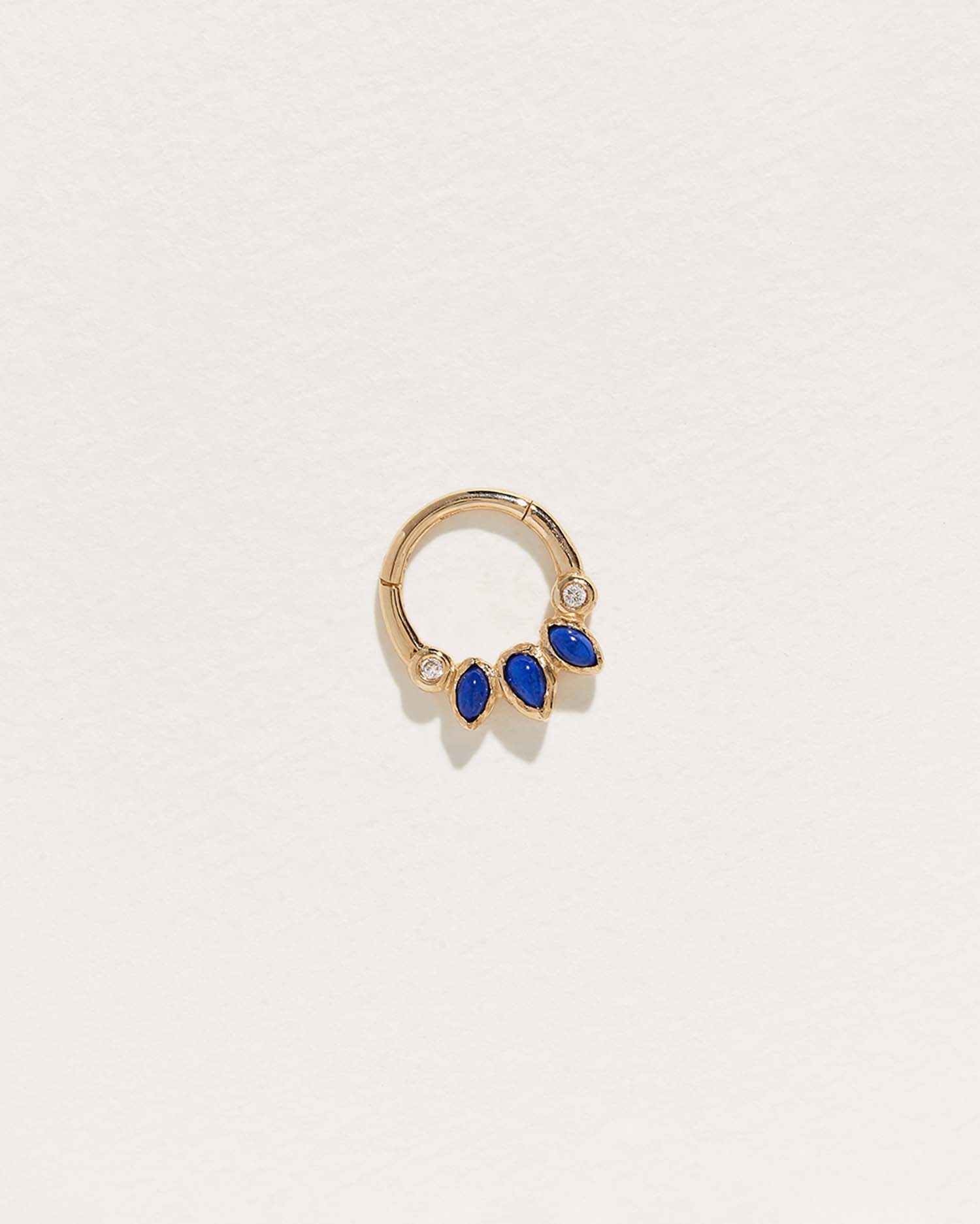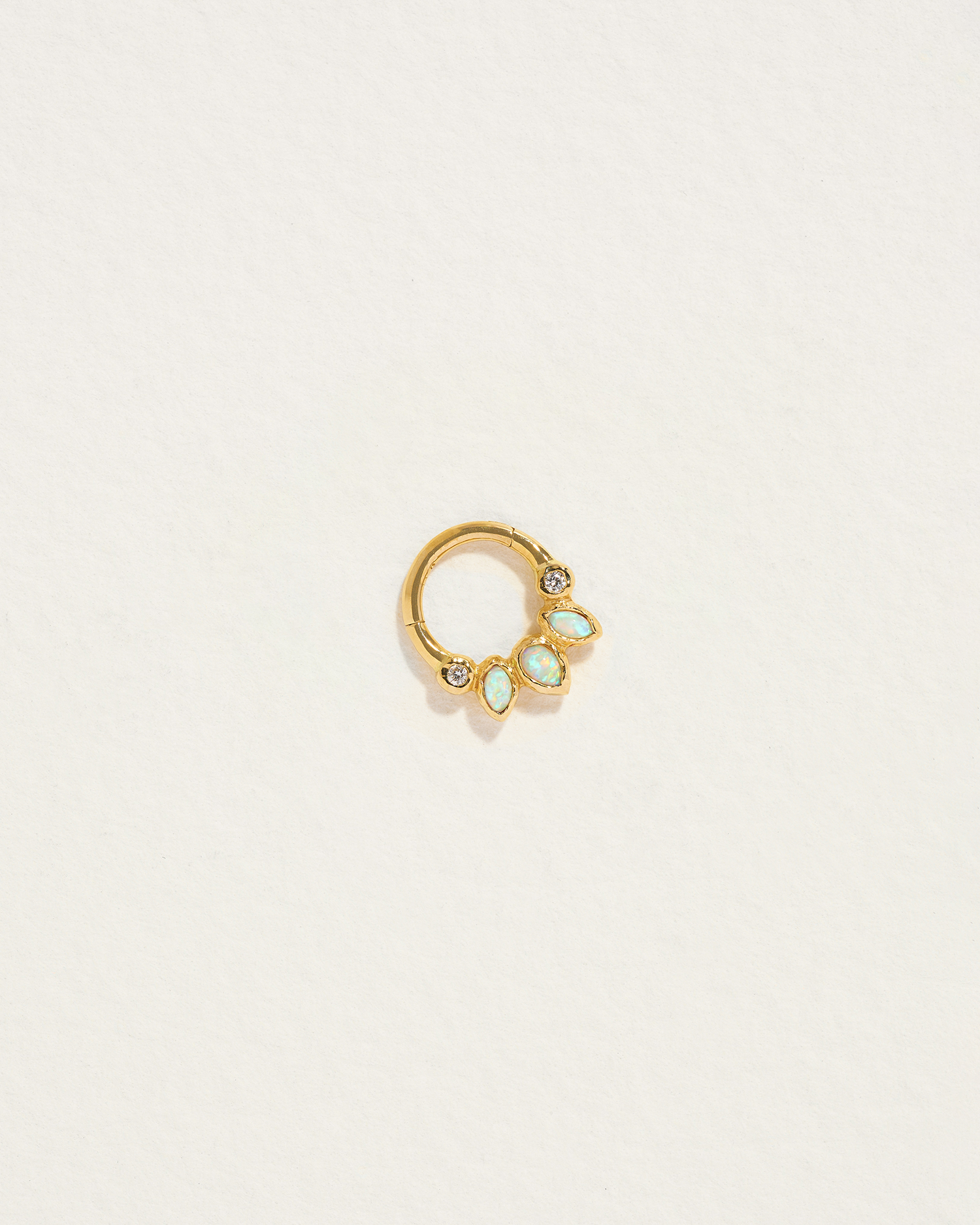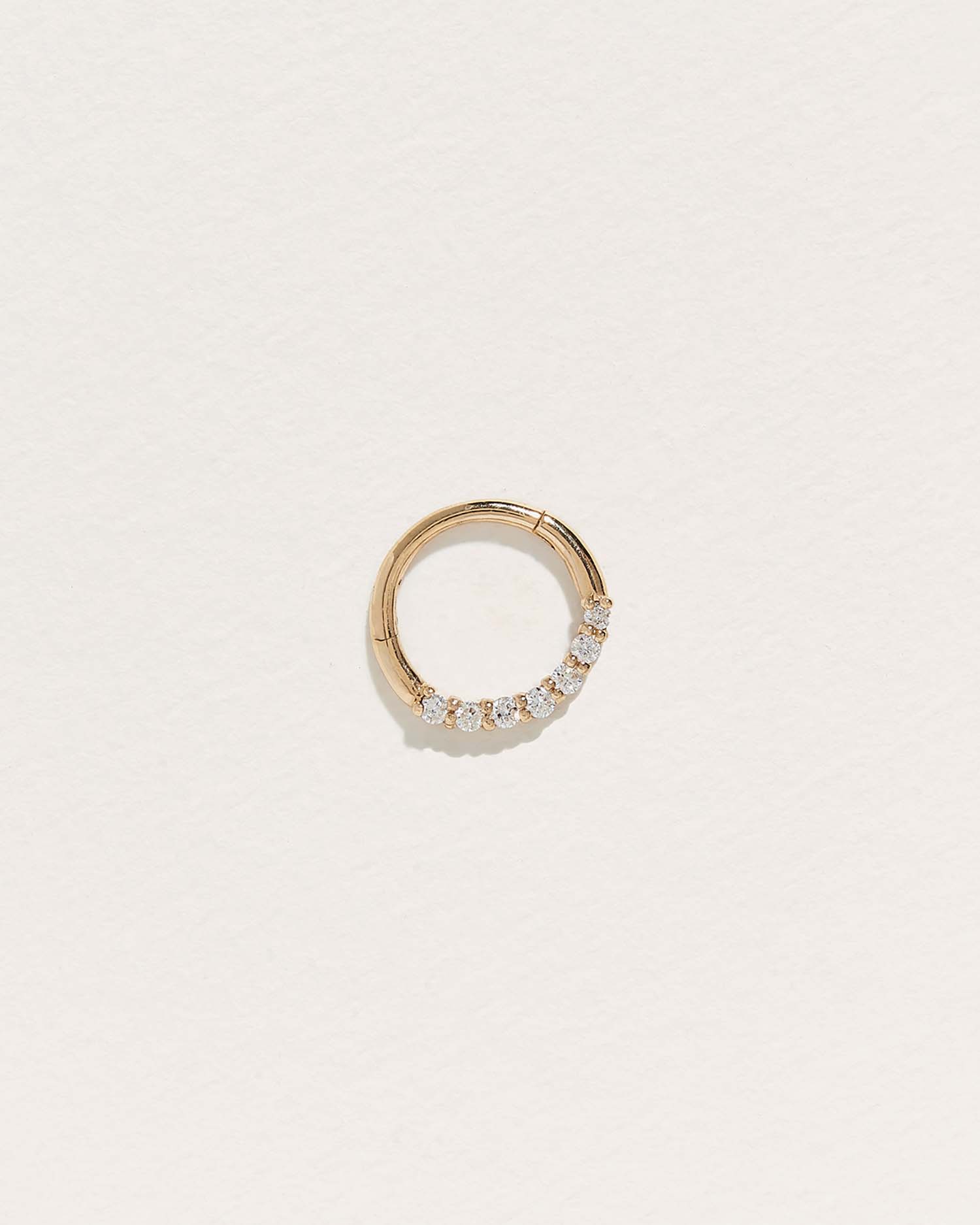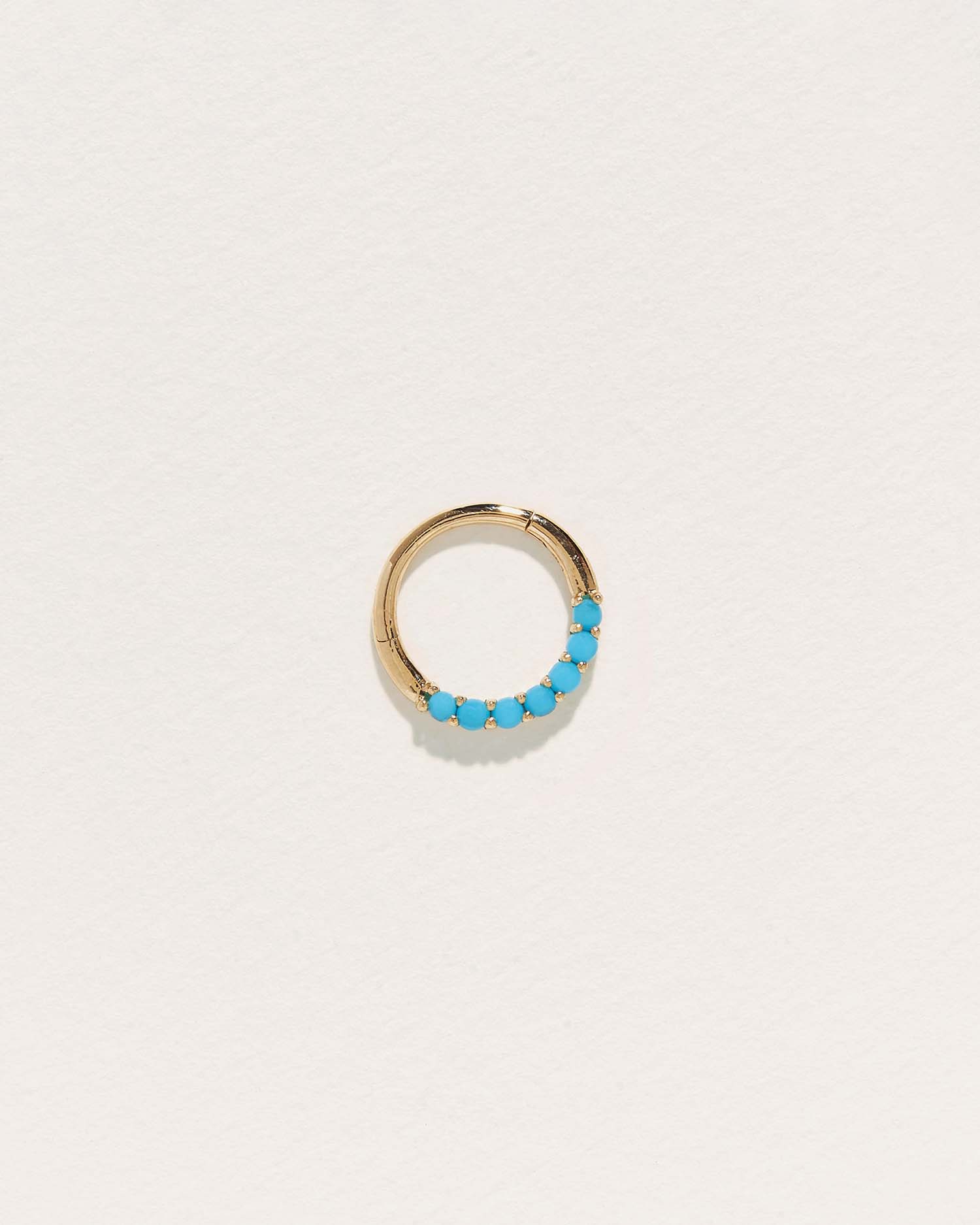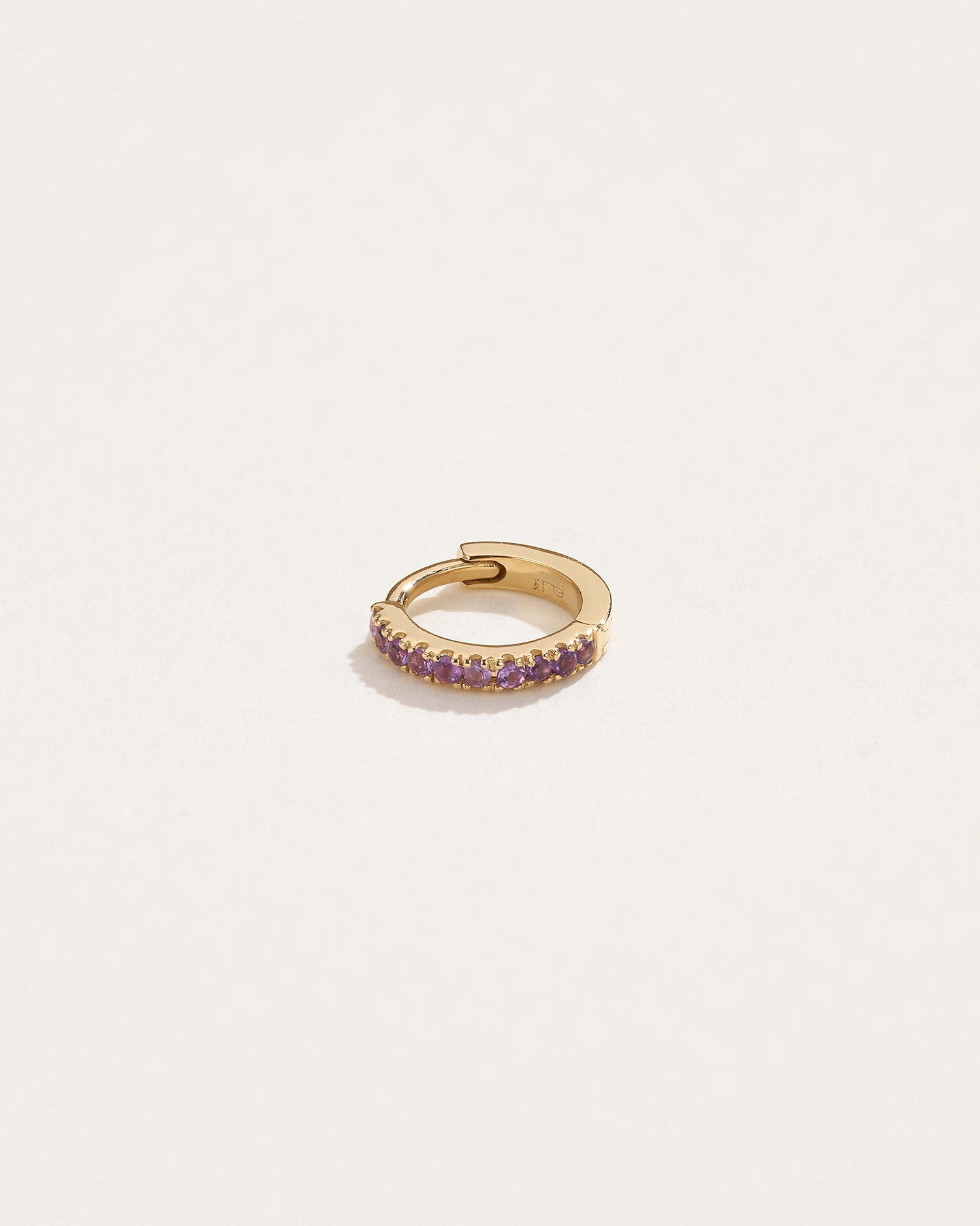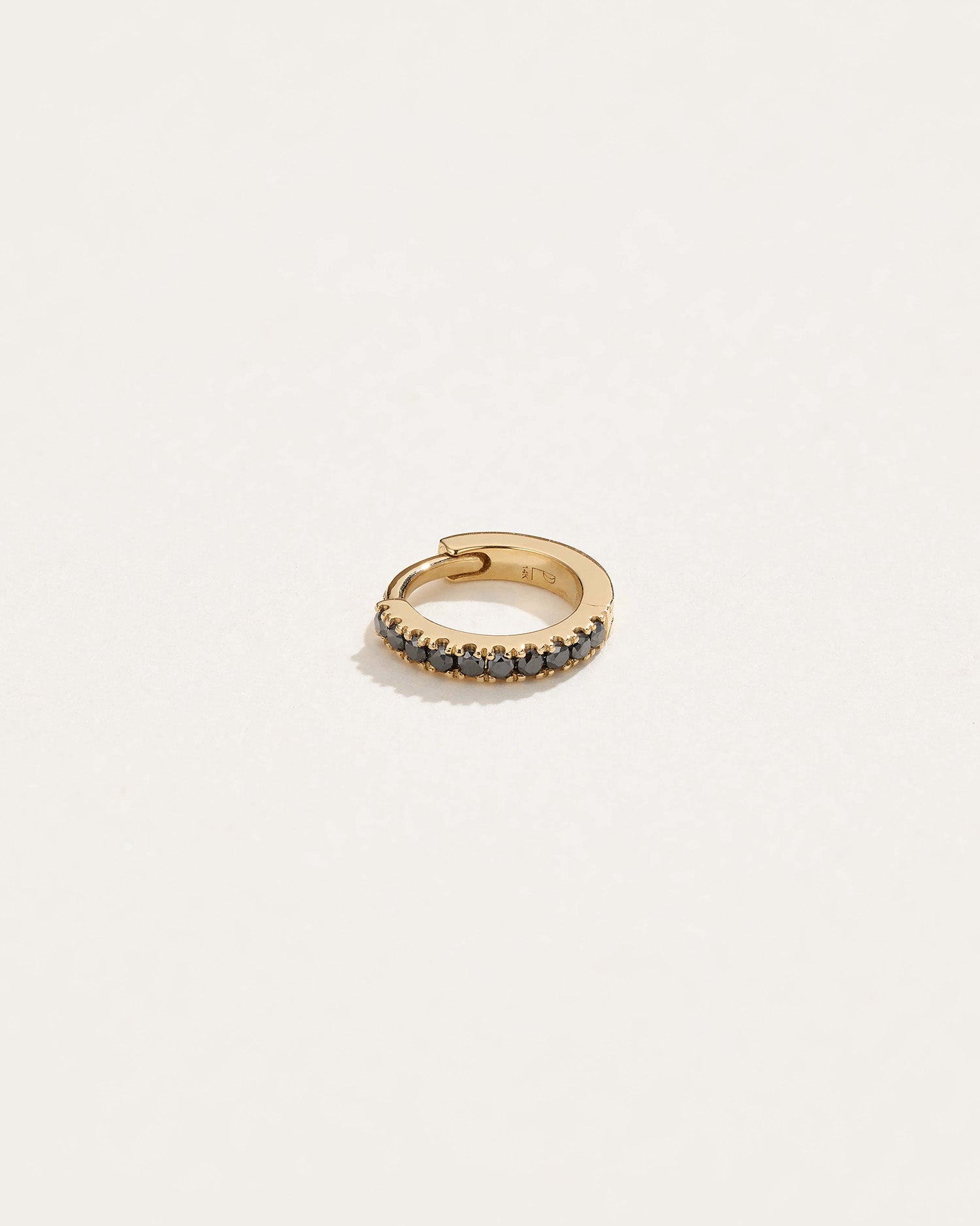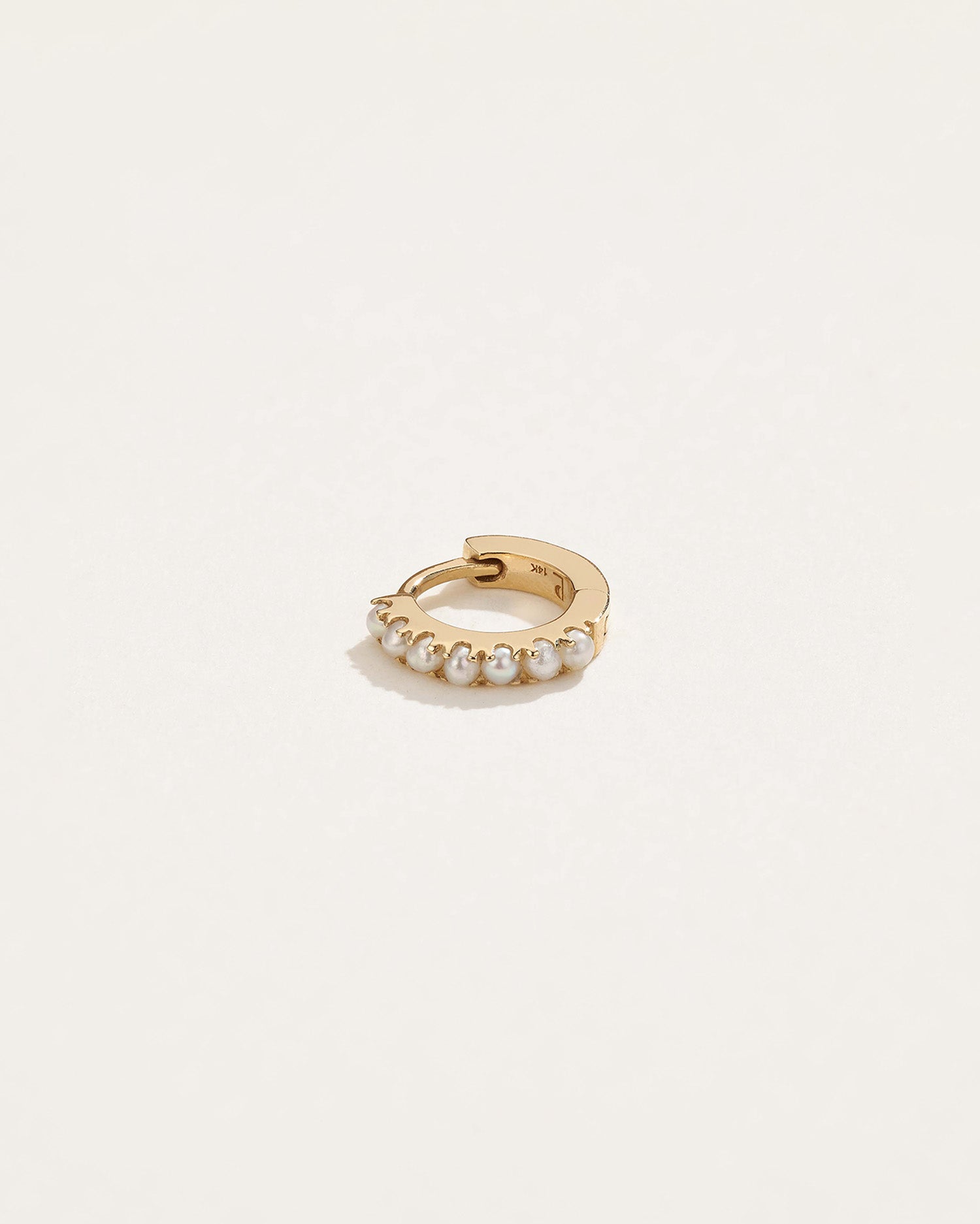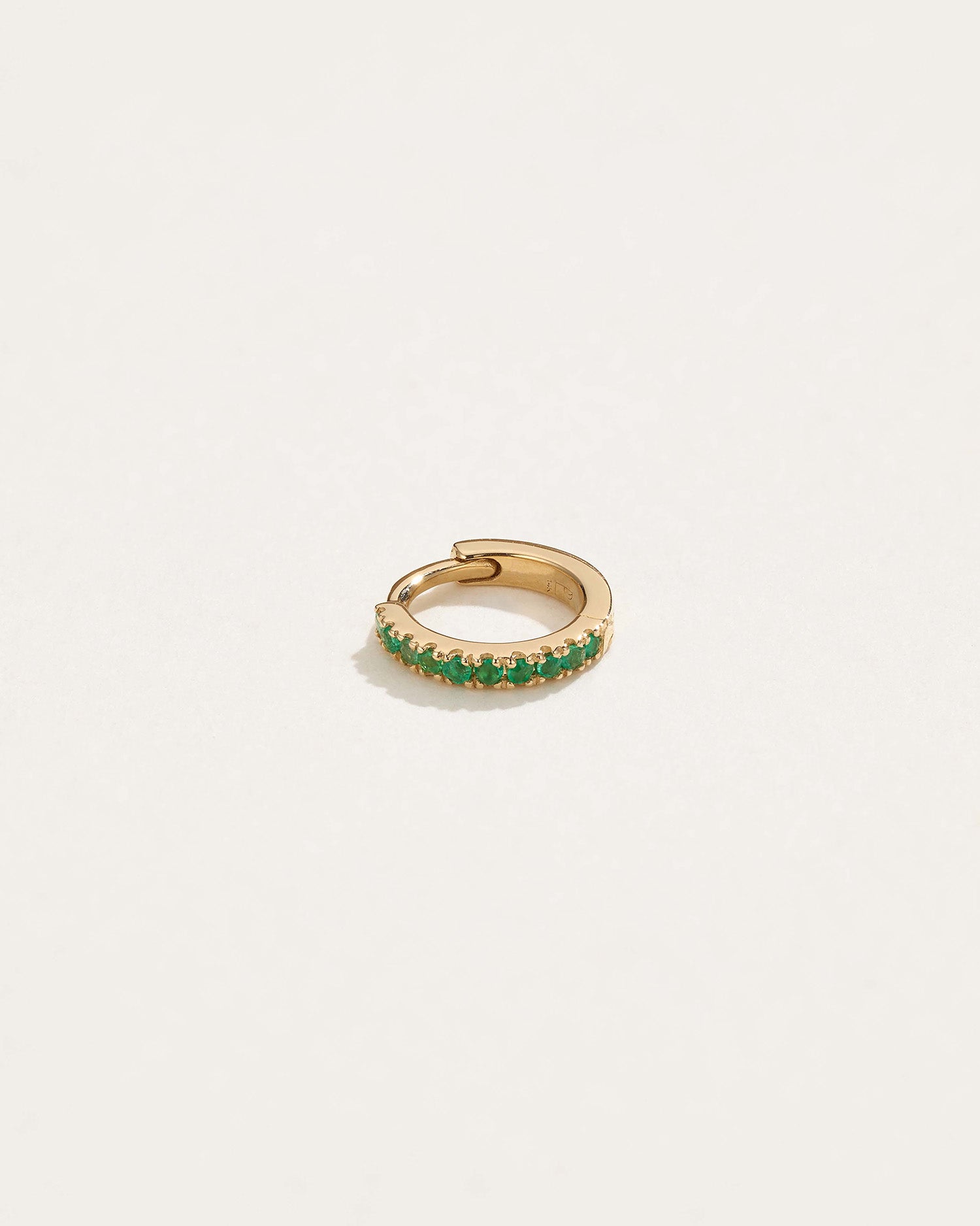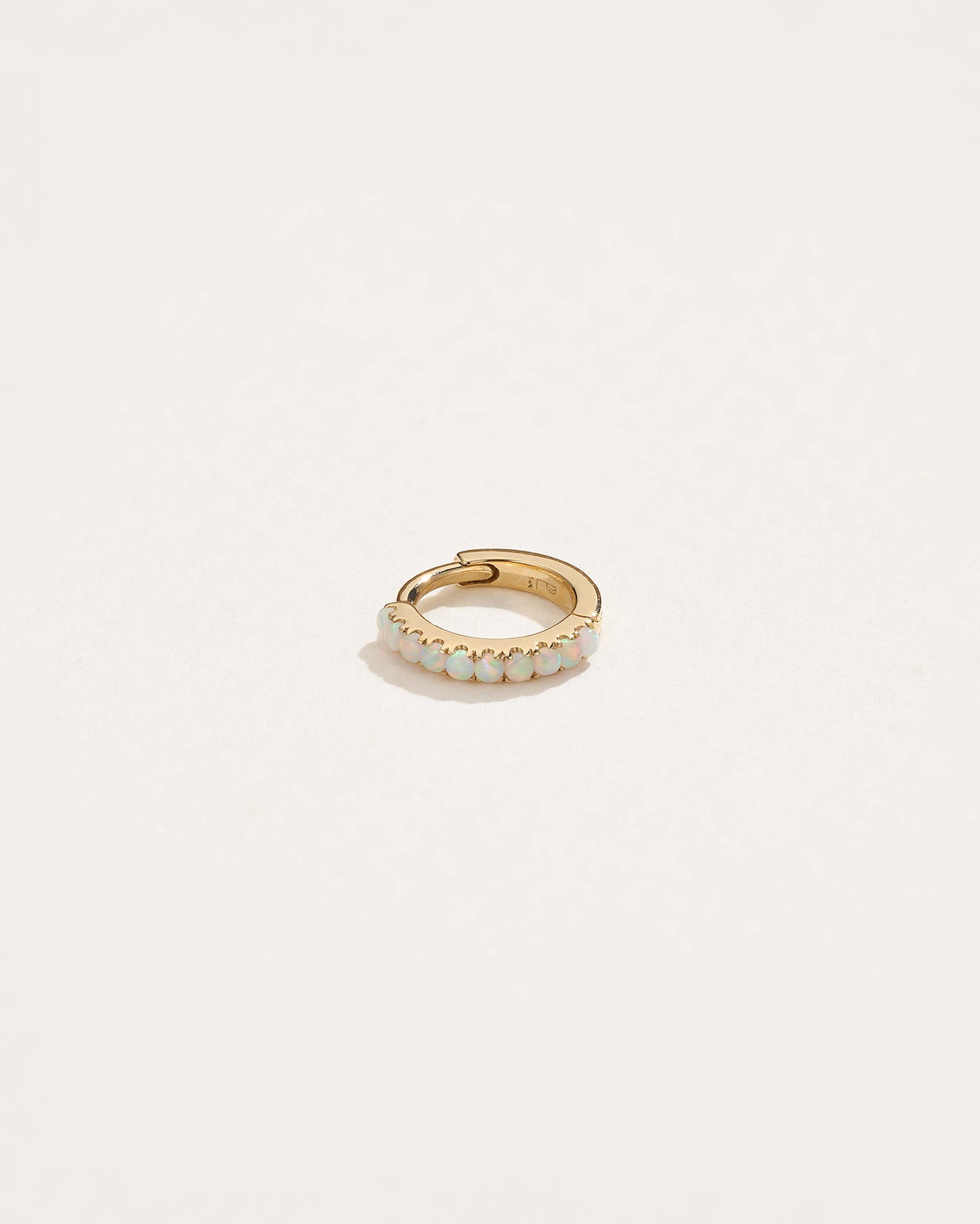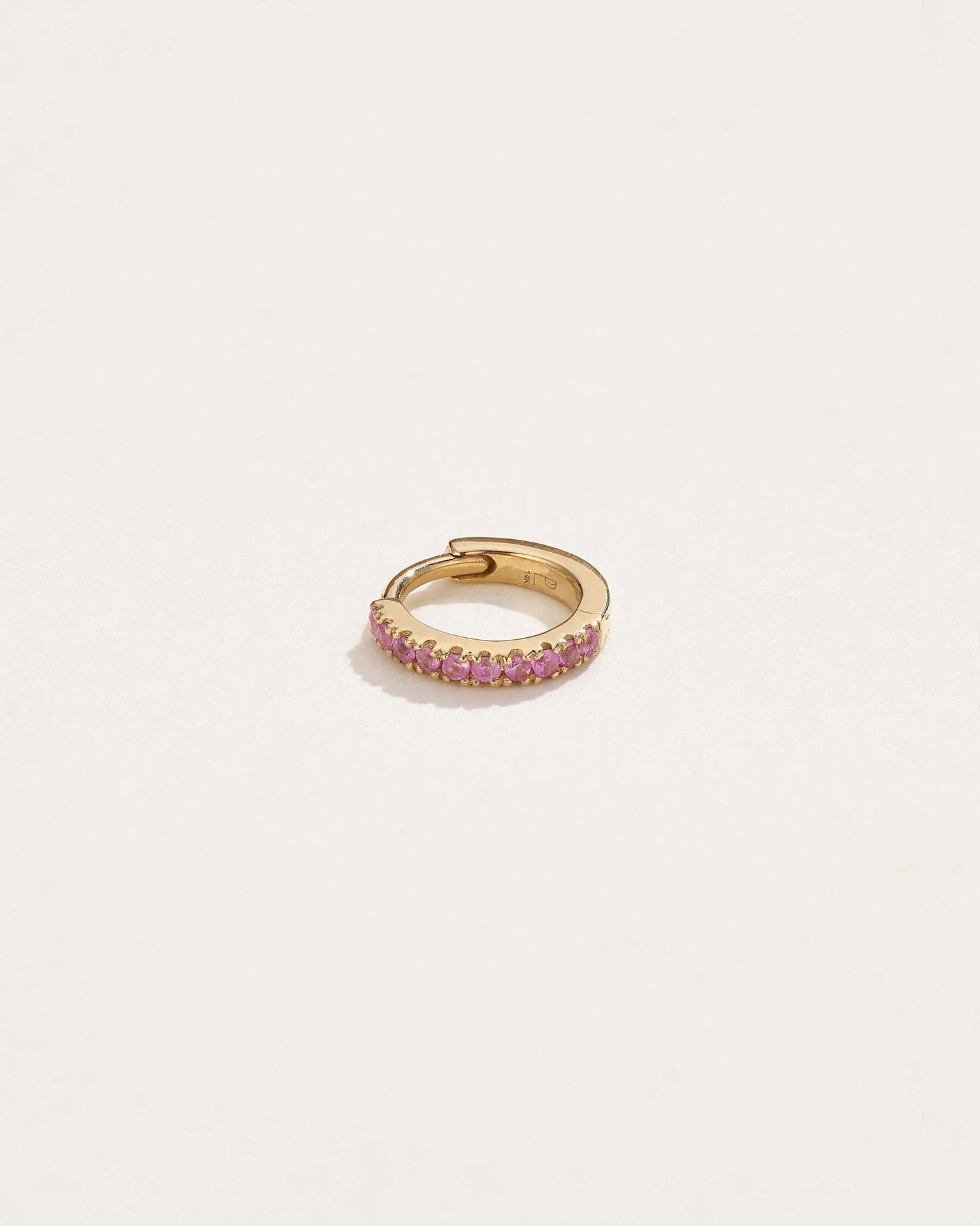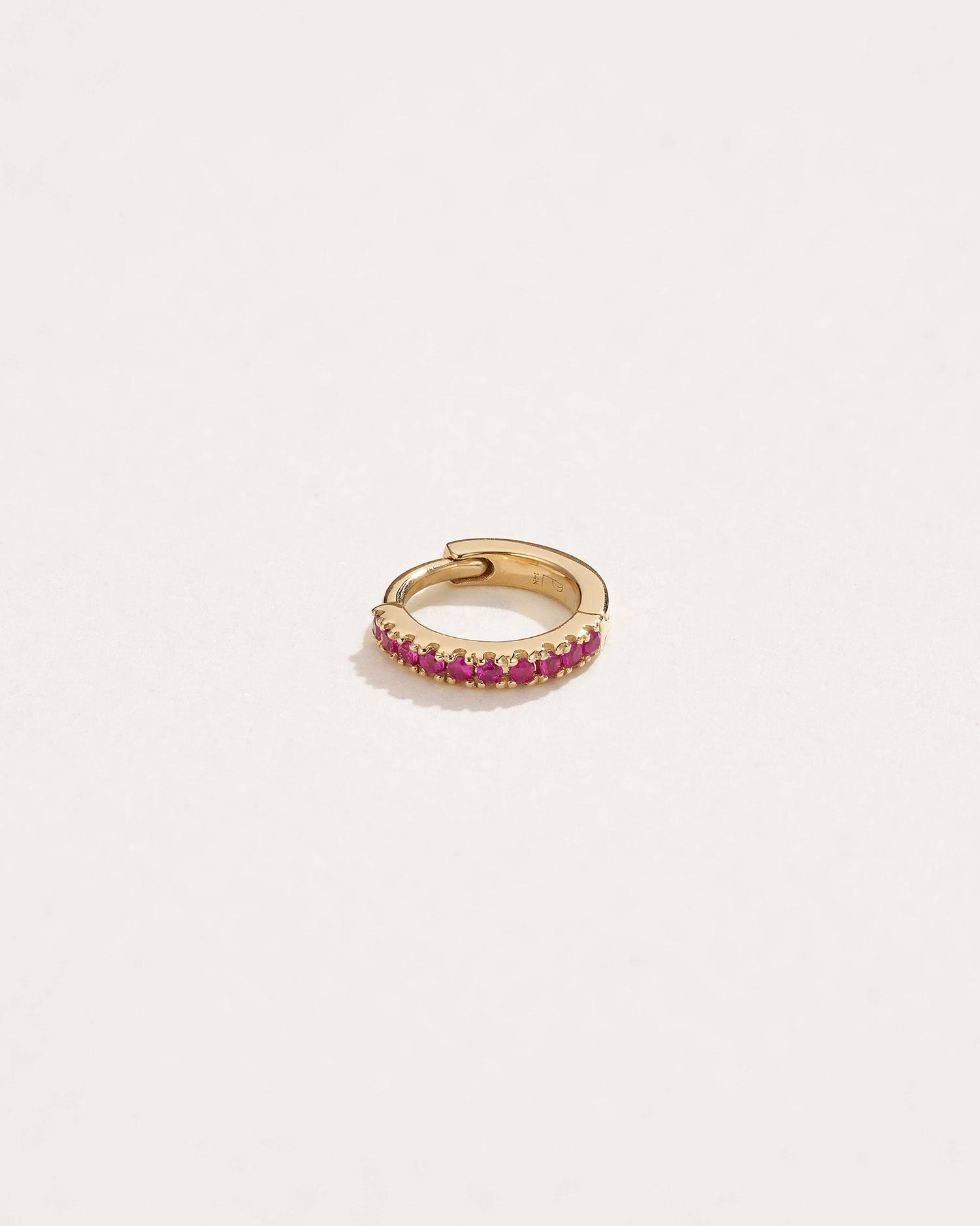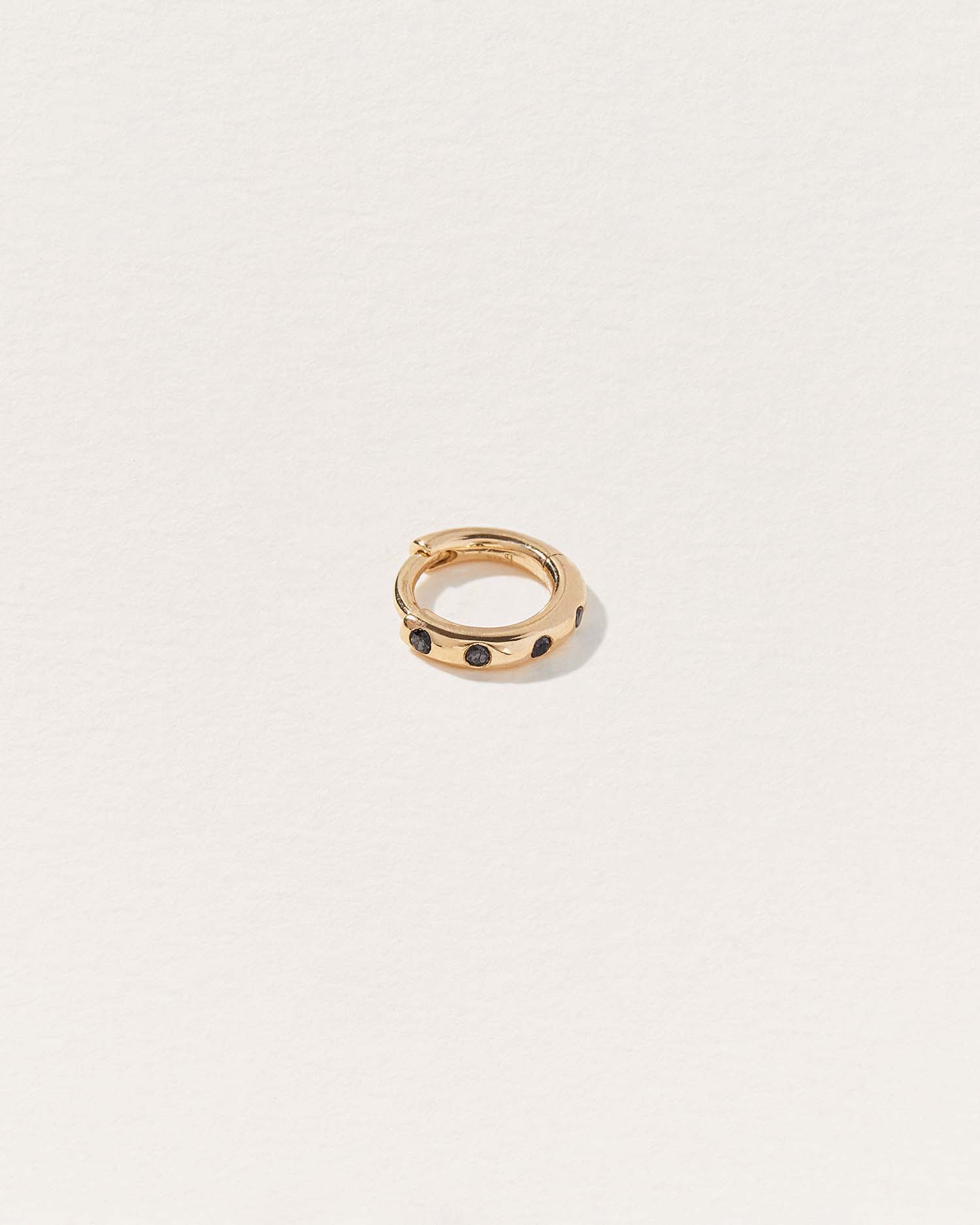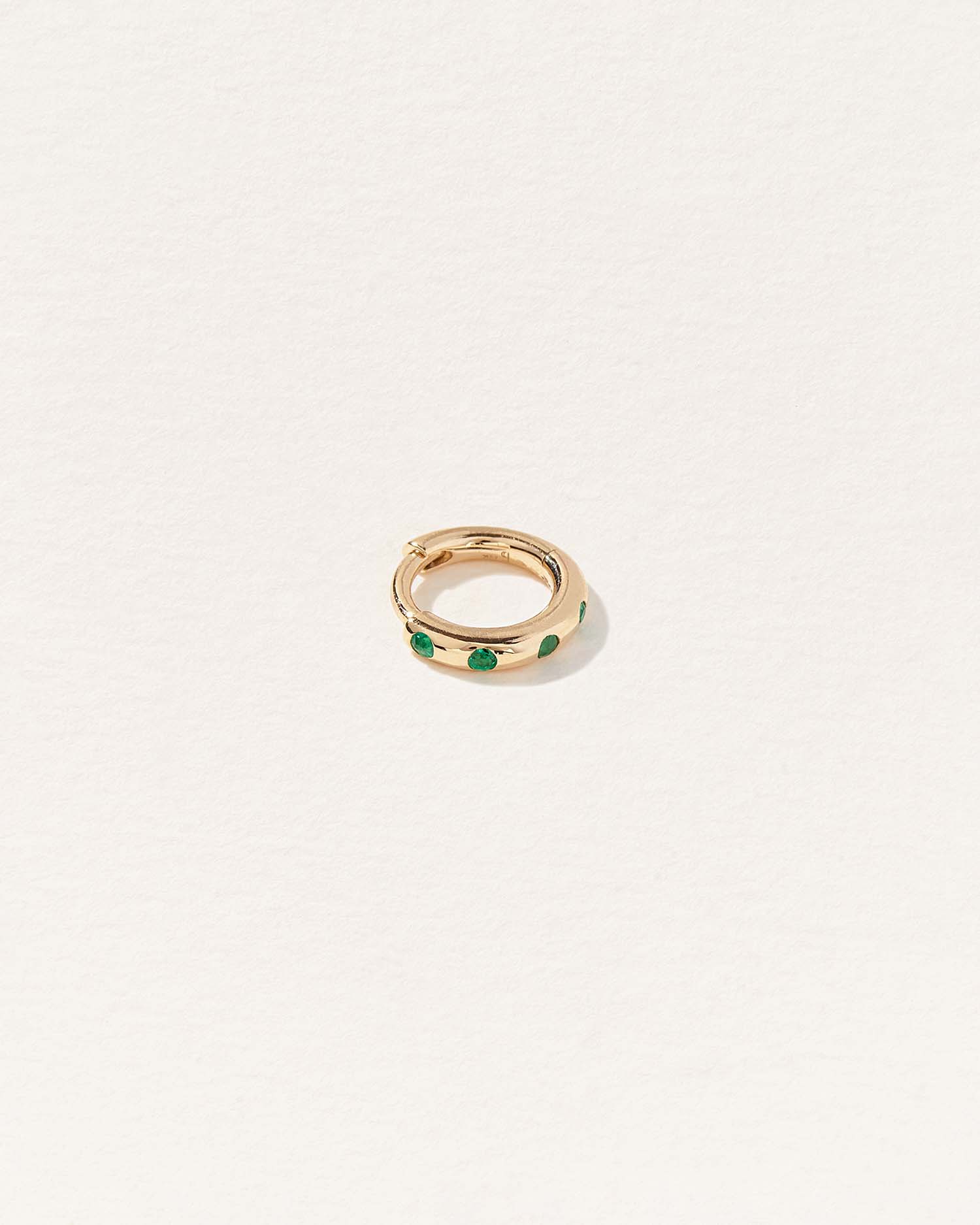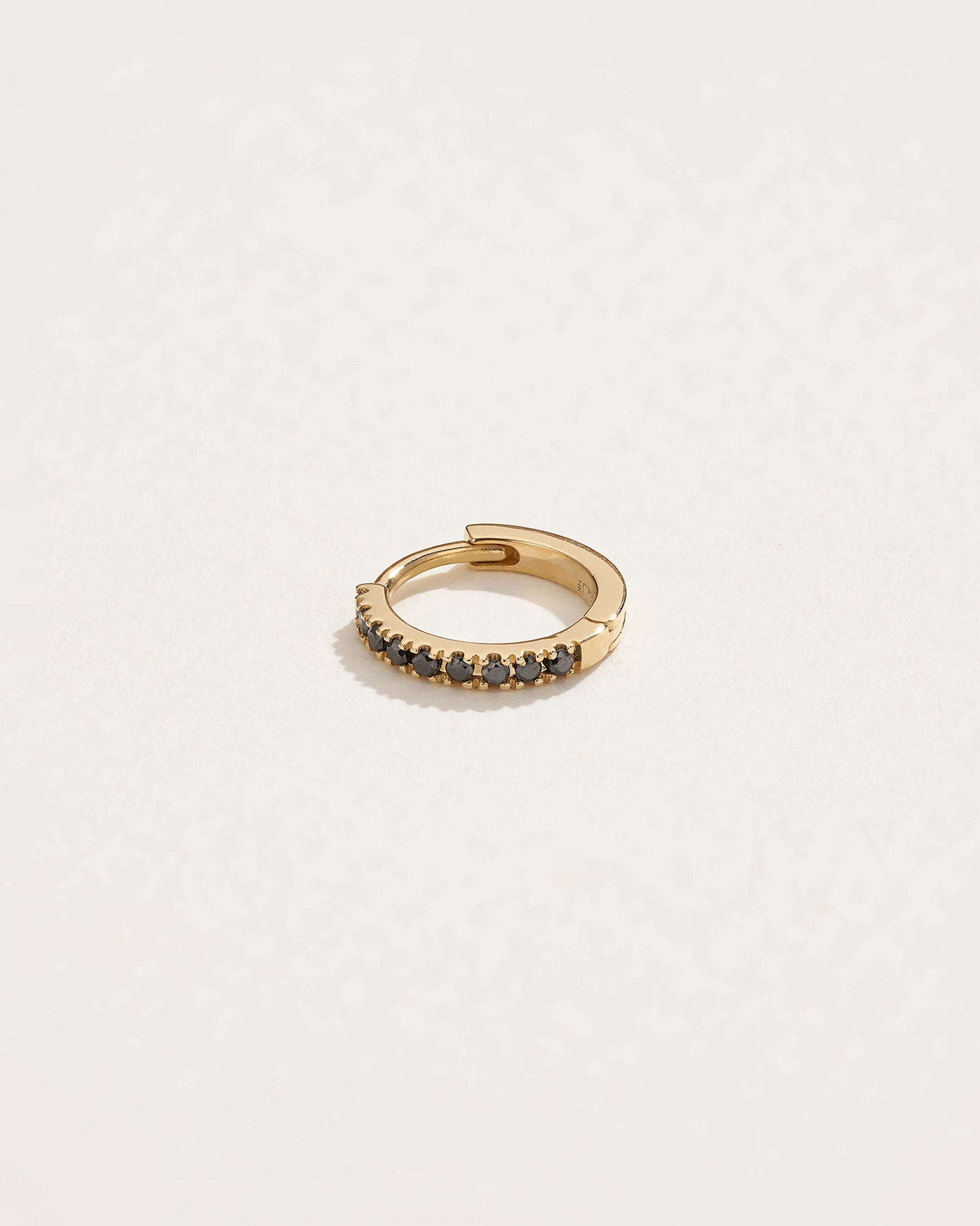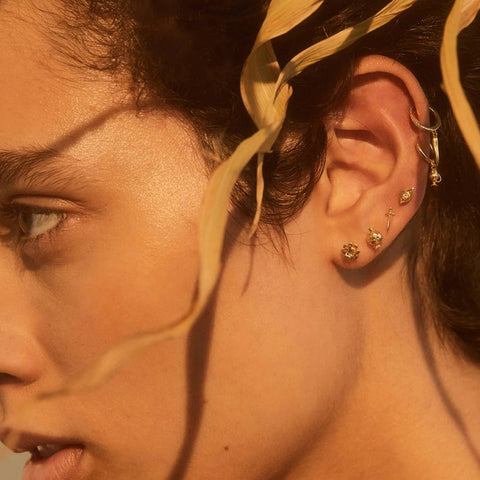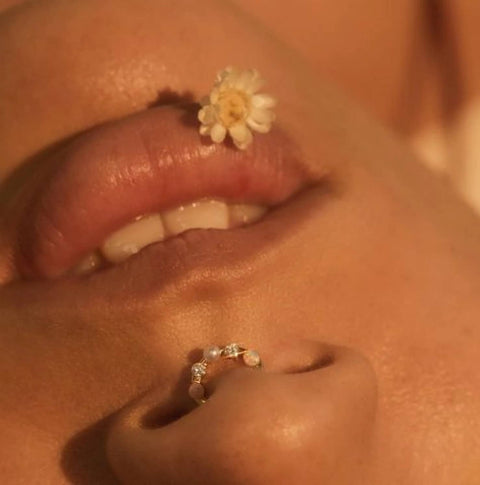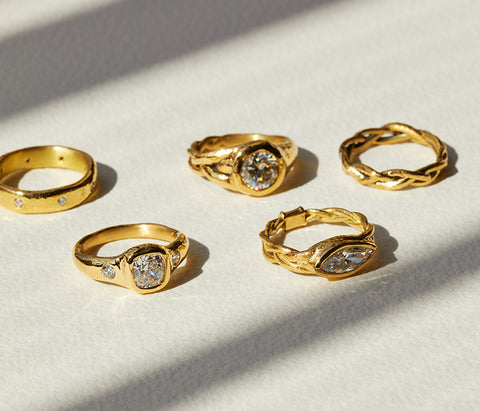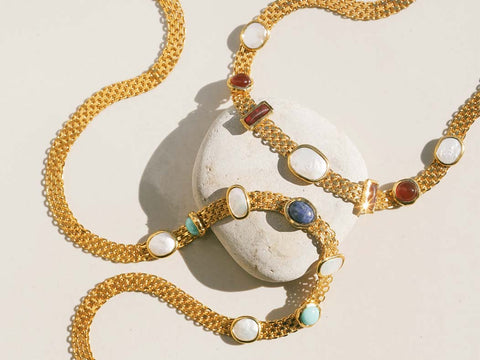Piercing Guide and Terminology
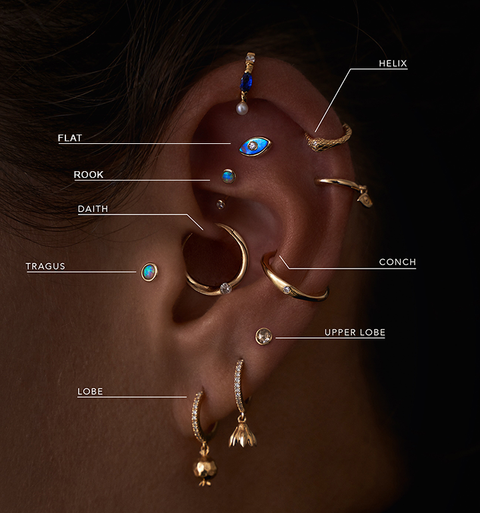
Lobe: The lobe is the lower section of the ear, which is one of the most common piercings.
Helix: The helix is positioned in the upper cartilage of the ear.
Forward Helix: The forward helix is placed on the curve on the outer portion of the ear.
Rook: The Rook is located in the cartilage of the upper ear. The rook piercing is performed in a vertical manner, allowing the rings and curved balls to face downward.
Daith: The daith is located within the inner fold above the ear canal. This is located between the rook and tragus, placed where the outer ridge of your ear meets your inner ear. Daith piercings usually are forward facing, so that the stones are clearly visible.
Tragus: The tragus is positioned on the outer cartilage area, which is located in the sector of the triangular flap. It is above the lobe and is the harder section of the ear on the side of your face.
Antitragus: The antitragus is in the outer cartilage area, and is the triangular flap above the lobe, opposite to the tragus piercing.
Conch: The conch is located in the middle section of the ear. This piercing can be performed on the inner or outer portion to the ear. The inner conch is located in the lower cartilage, while the outer conch is located sits in the upper area of the cartilage.
Septum: The middle part of the nose. Our huggies and clickers are great options for septum piercings.

INTERNAL THREADING
Our studs feature a internally threaded back with signature Pamela Love heart. The smooth back allows for comfortable wear, while preventing irritation that may occur from traditional posts.
To open: Hold the heart shaped backing, and delicately unscrew the top part of the stud counter clockwise.
To close: Place the heart shaped backing through the back of your piercing. Then, take the top part and align the screw with the rod and rotate clockwise.

PUSH PIN
Some of our studs feature a Push pin back. The back is round and flat allowing for comfortable wear and preventing irritation that may occur from traditional posts.
To open: Hold the round back and stud and pull them simultaneously.
To close: Place the push pin back thorugh the back of your piericng. Then, take the top part and align the rod and back, push in the rod to secure closure.

EXTERNAL THREADING
This mechanism works similar to the internal threading. This time, the threading is attached to the back (instead of the front stud). Our Gravitation Hooks feature this type of closure.
To open: Hold the middle hook portion. Next, grip the top bezel stud (usually the larger end piece), and rotate counter clockwise.
To close: Place the wire through your piercing. Take the top part and align the rod with the hook screw. To fasten, rotate clockwise.

CLICKER RINGS
Our hoops and huggies feature a hinge mechanism with clicker closure, and come in a variety of sizes with various semi-precious and precious gemstones.
To open: Grasp the top clasp while holding the clicker ring. Gently click open.
To close: Place the clasp through the desired piercing in the ear. The earring will be fastened once a *click* is heard.

MATERIALS
Metals: Our piercing collection is made from recycled 14k Gold. Our pieces are safe for getting pierced with and are hypoallergenic.
Stones: We use ethically sourced and conflict-free diamonds, precious stones and vibrant semi-precious stone inlays in our designs.

SIZE GUIDE FOR THREADED STUDS
Length of the back post (with a signature Pamela Love heart) will depend on the thickness of ear or body part where piece will be worn.
A 5.5mm back post will fit a healed thin helix, a forward helix, a thin tragus, anti-tragus, or an earlobe of average thickness.
A 6.5mm back post will safely fit a helix of average thickness, tragus, rook, conch, thicker earlobes and in the nose. In certain cases, the length of post can also be used to be pierced with. If you are planning on getting pierced with our jewelry, please consult your piercer to see if an 6.5mm post is the right length for your desired placement.
An 8mm back post will often be the size to get pierced with (due to swelling). This will depend on the part of the lobe that is pierced.

WHICH OF OUR PIECES CAN YOU GET PIERCED WITH?
If you are planning on getting pierced with our pieces, threaded studs would be ideal. In most cases, you will need a 8mm back post. However, there are some occassions where a 6.5mm back post would be suitable. Please consult your piercer to see which back post length is right for your desired placement.
Clickers, huggies (10mm and bigger) and hooks are only suitable for certain piercing placements, such as daith, conch and rook. If you are unsure, please consult your piercer.
You can safely use all of our piercing jewelry on your existing, healed piercings.
